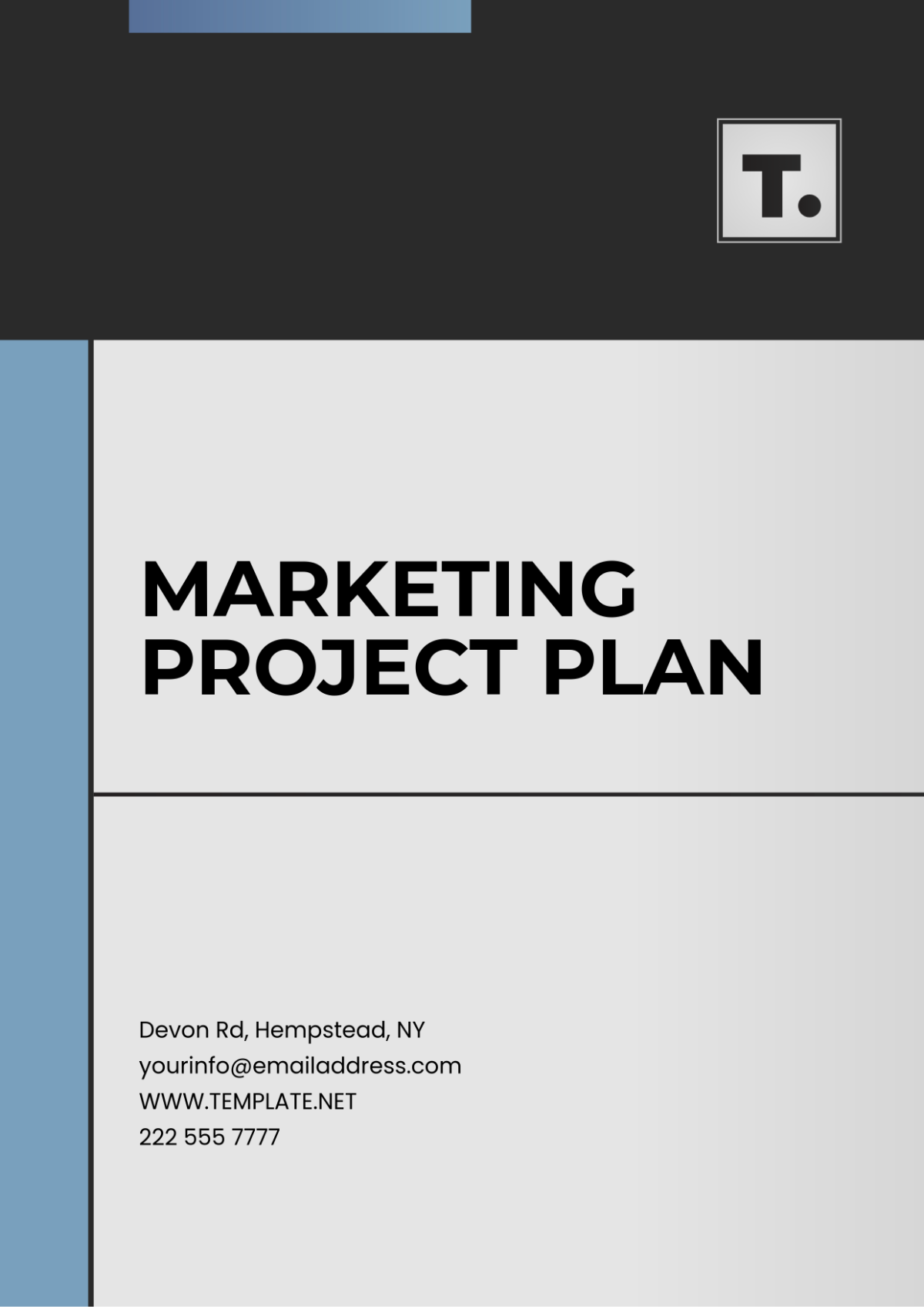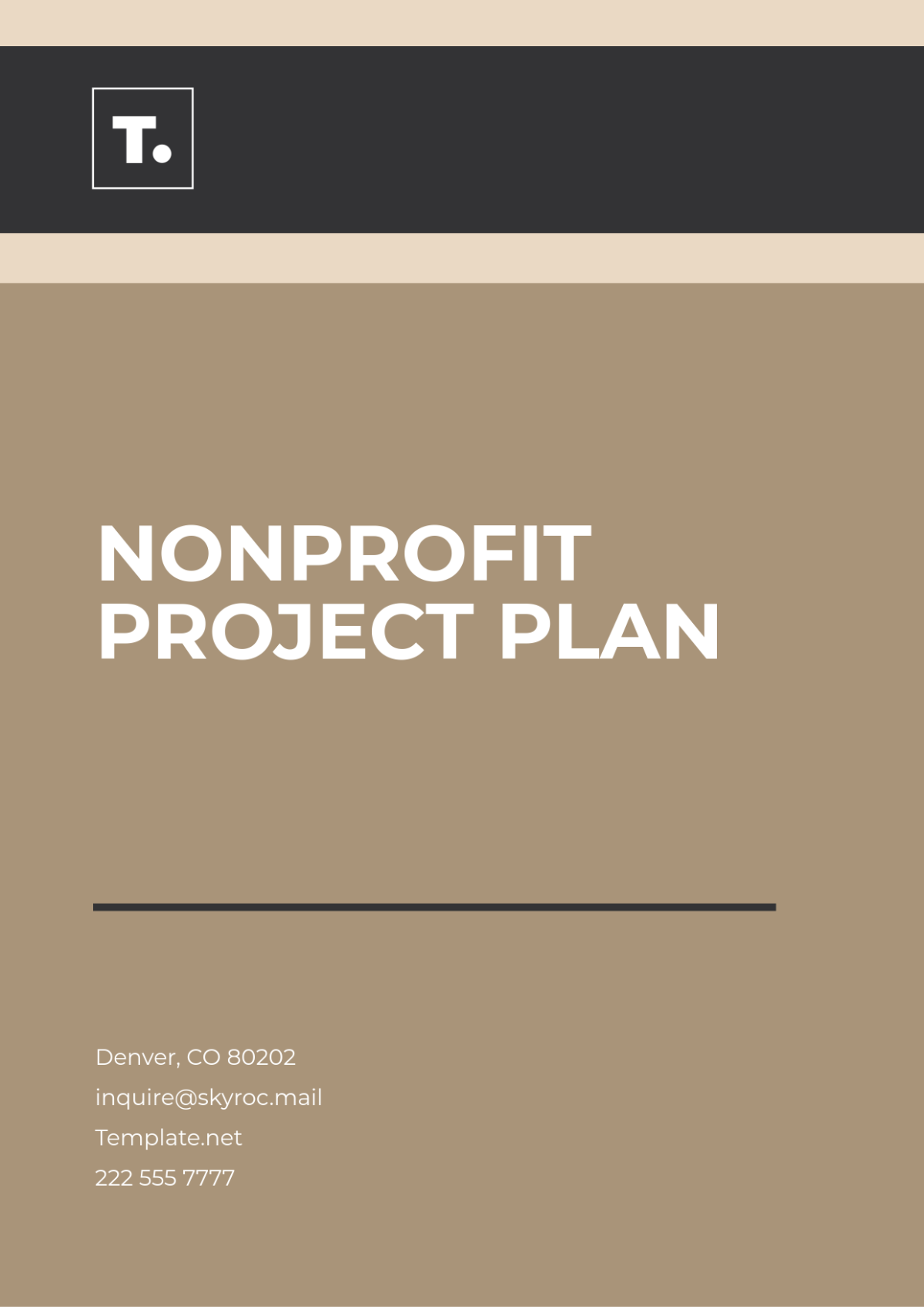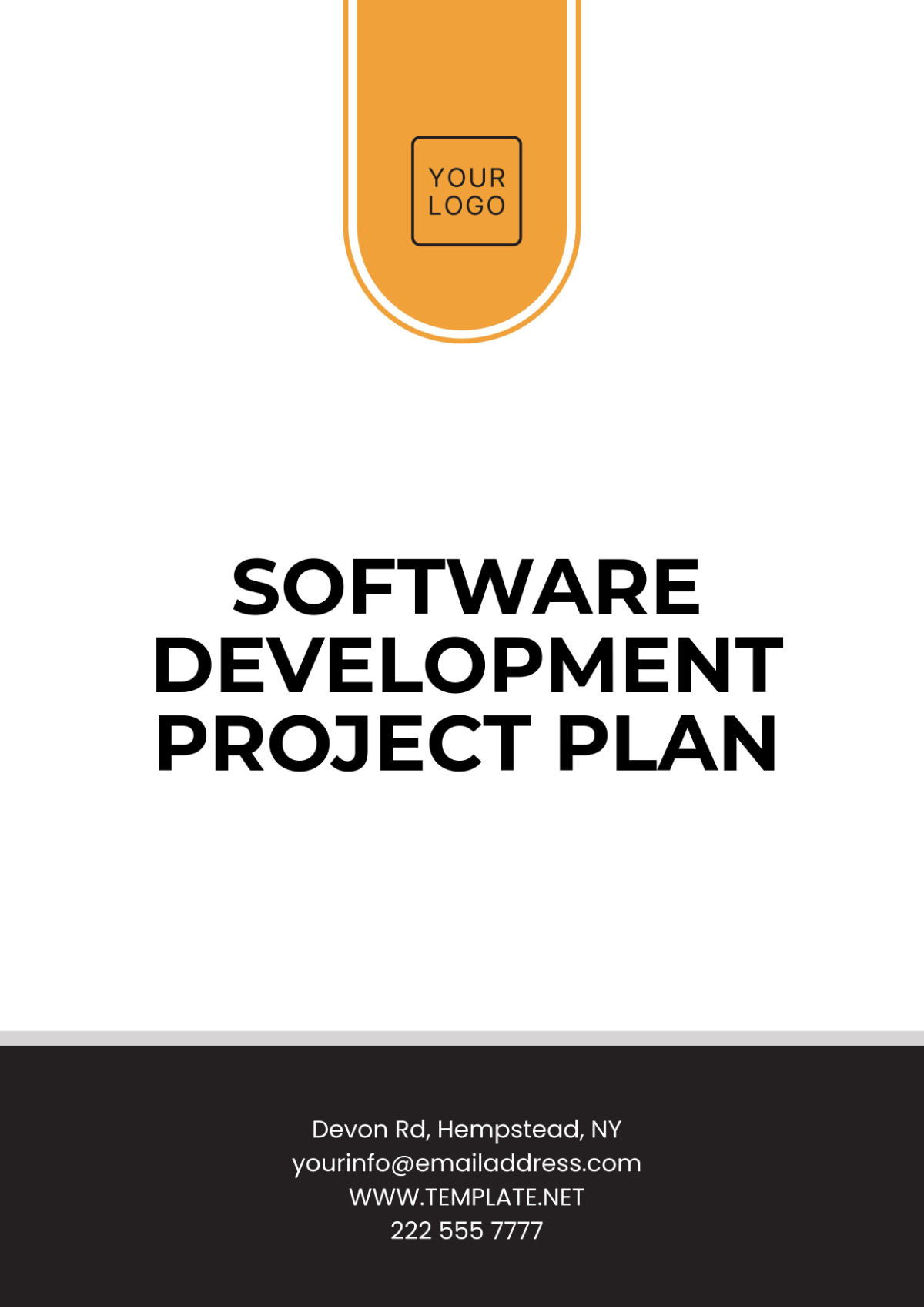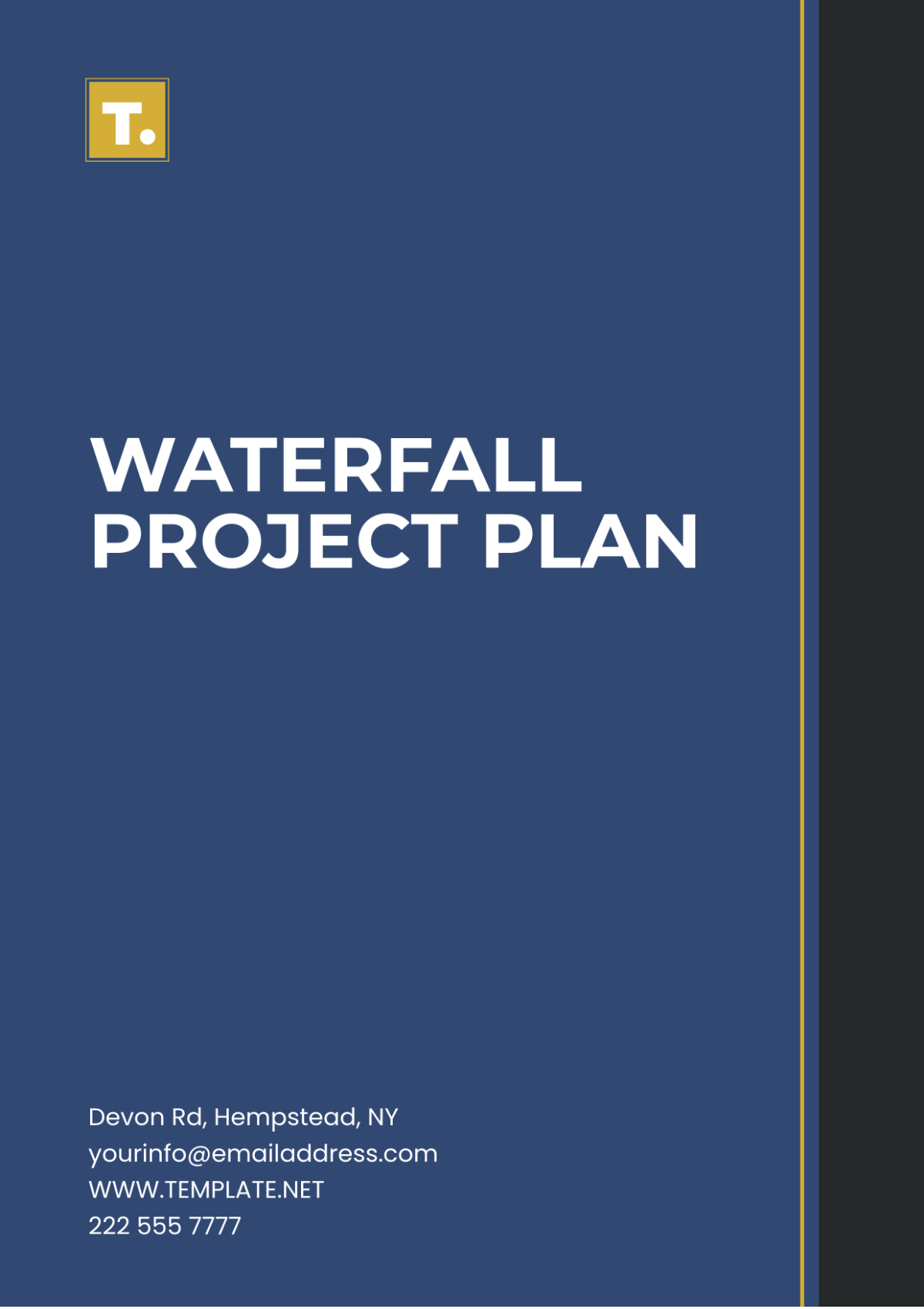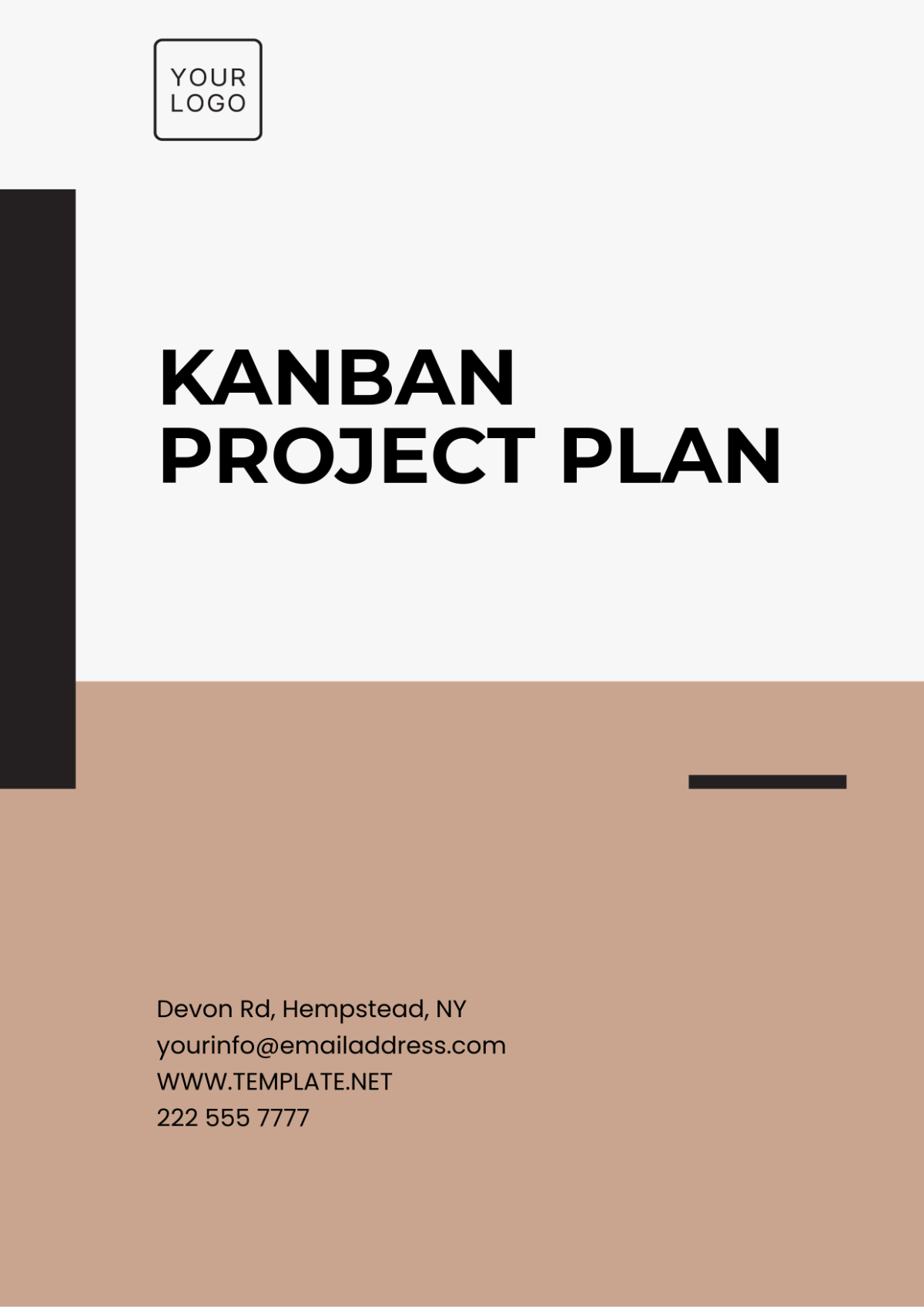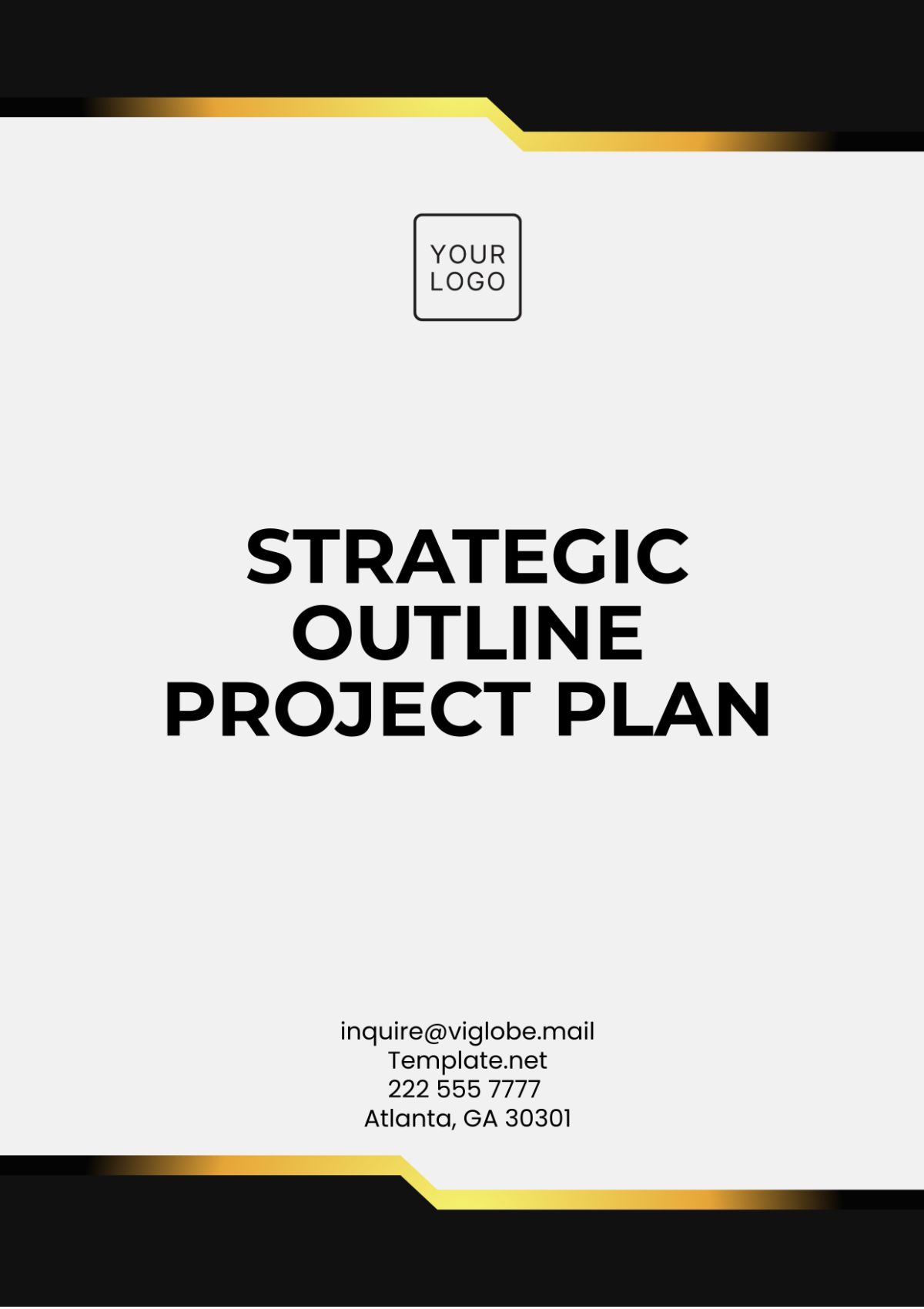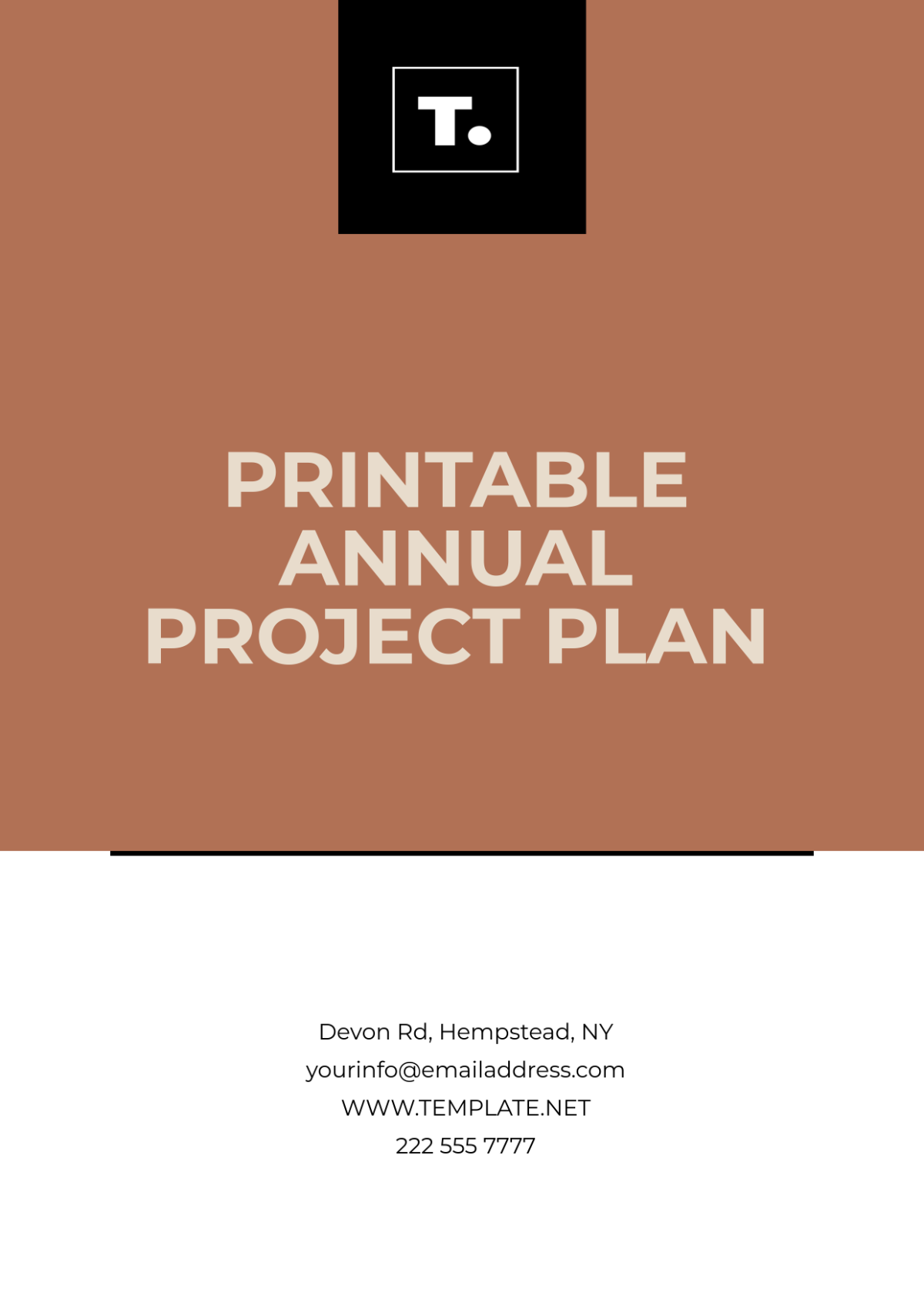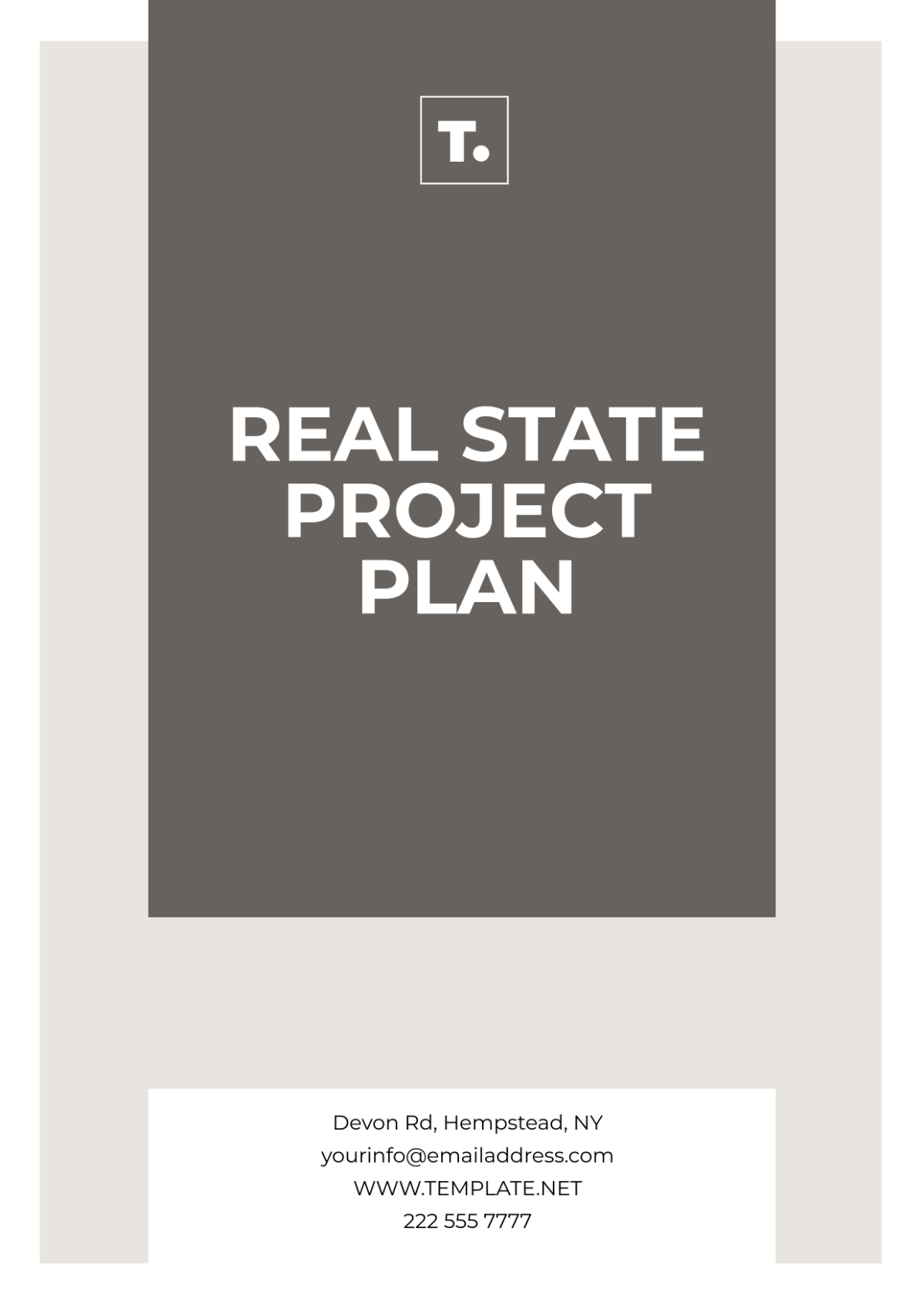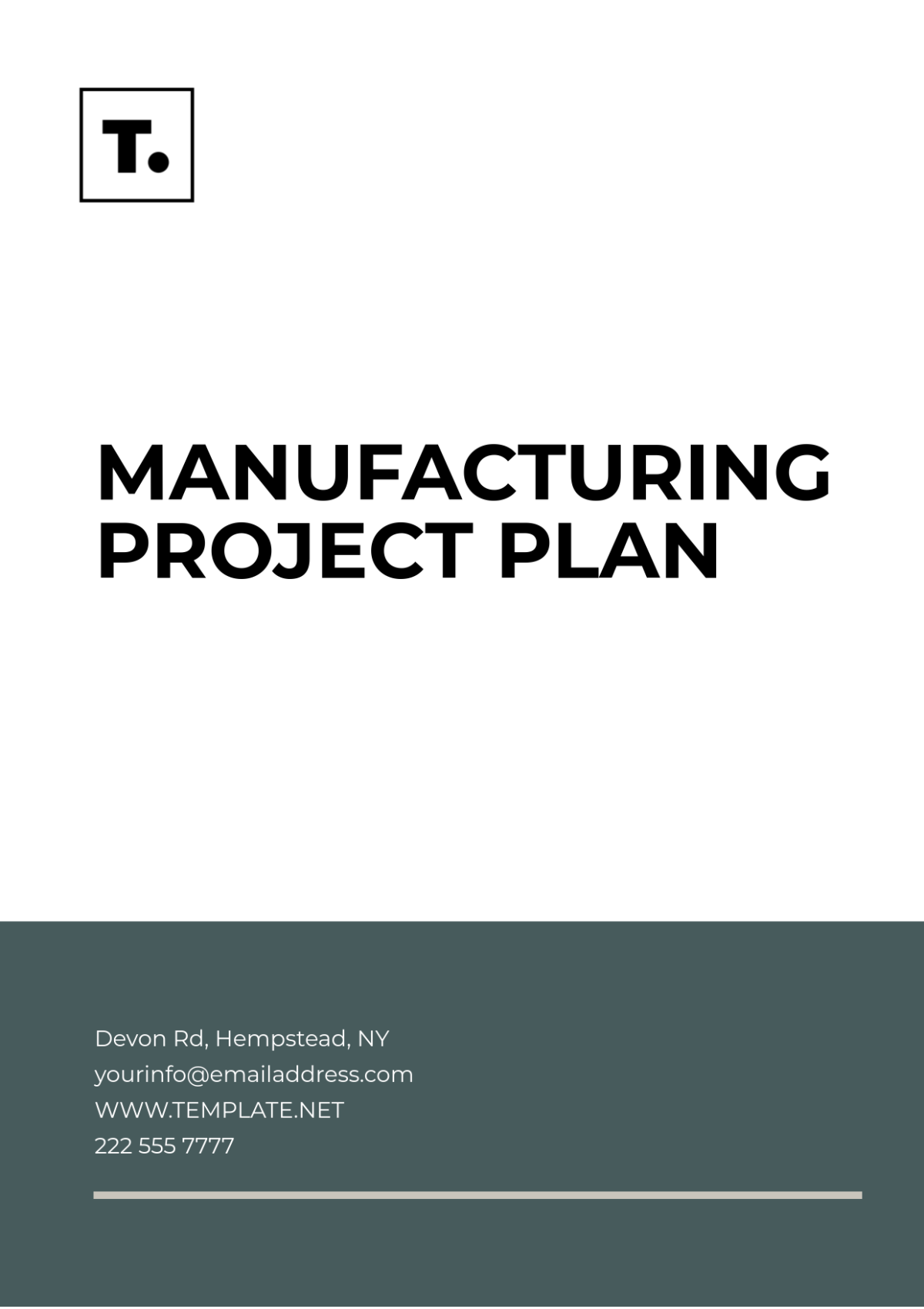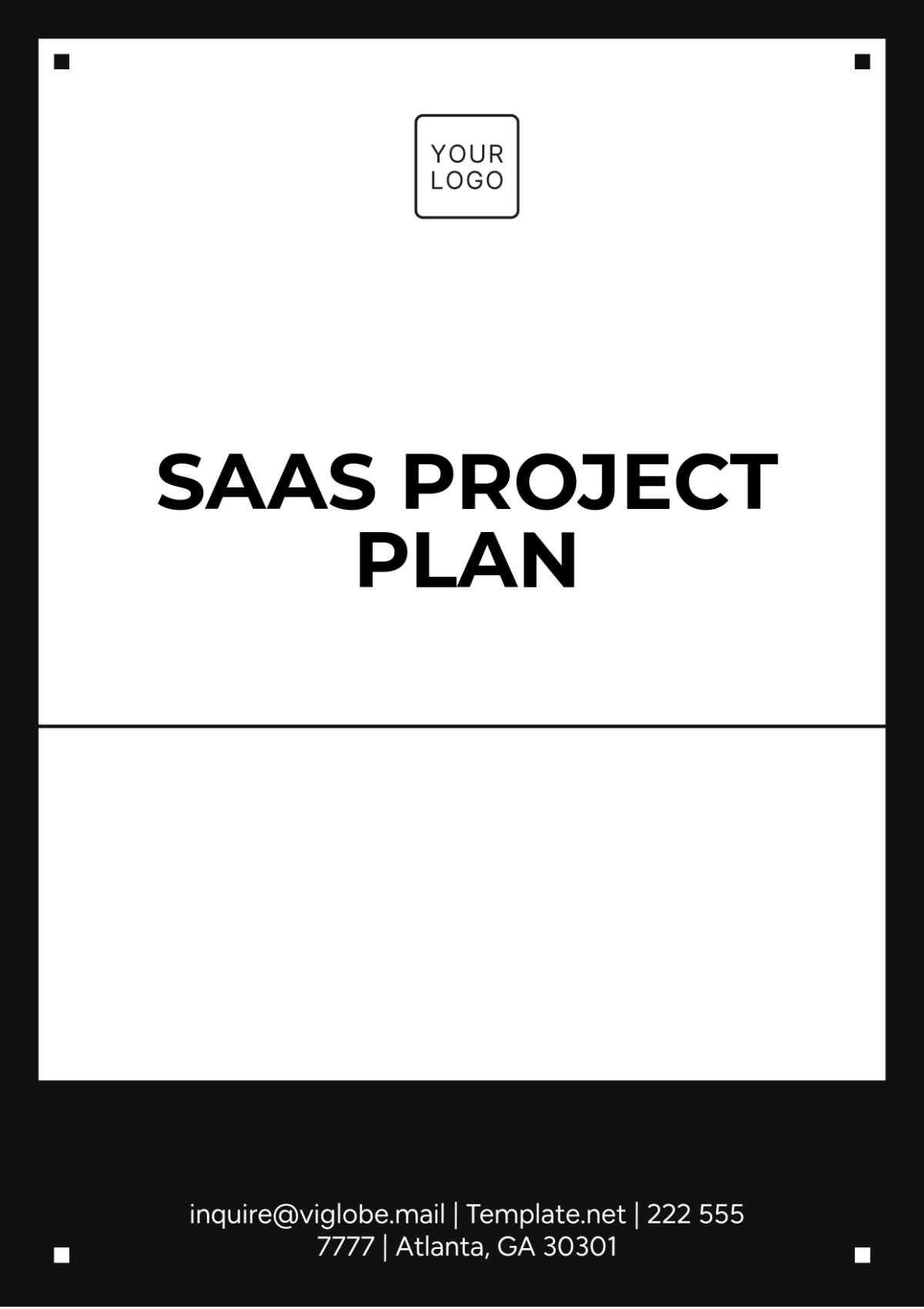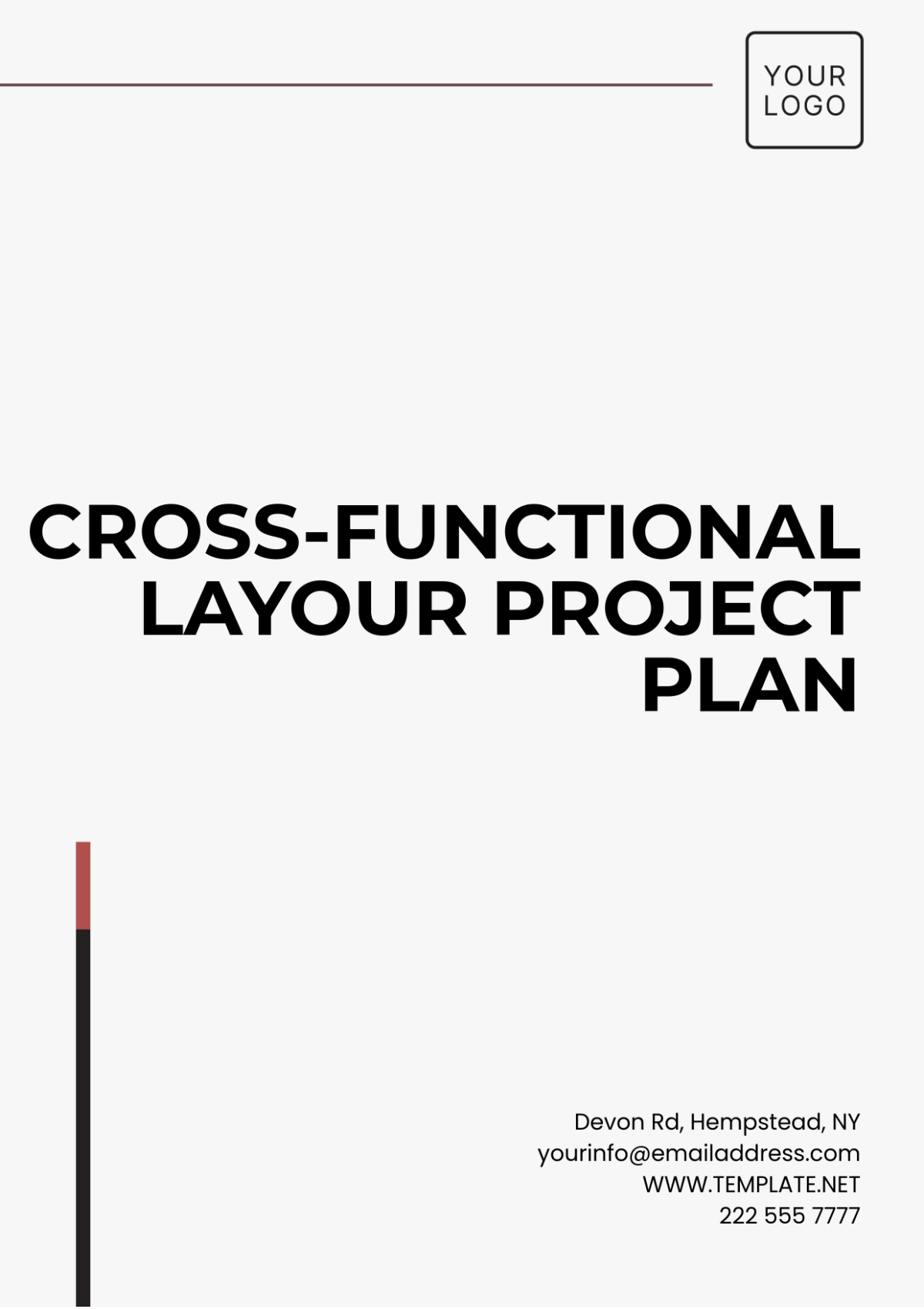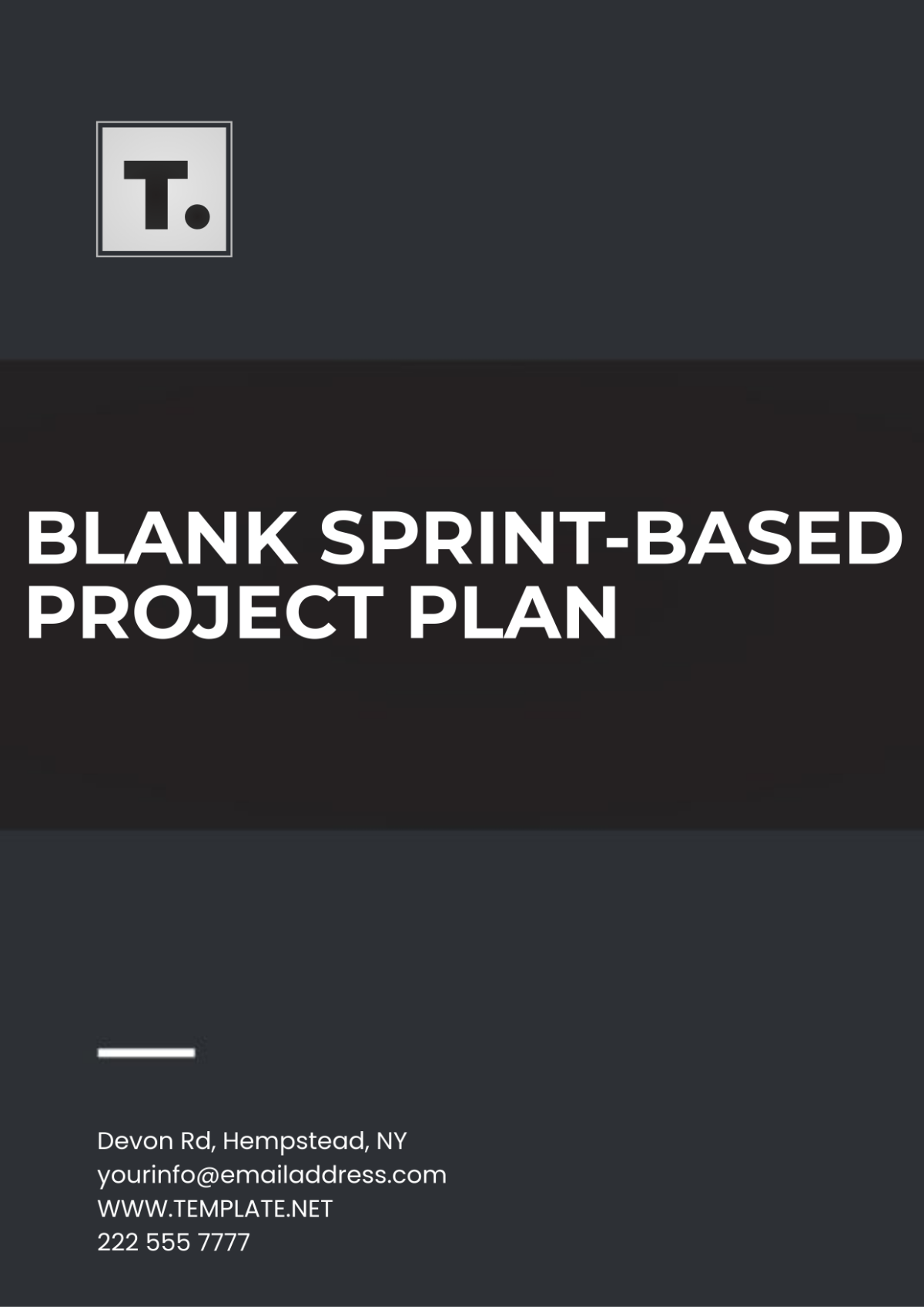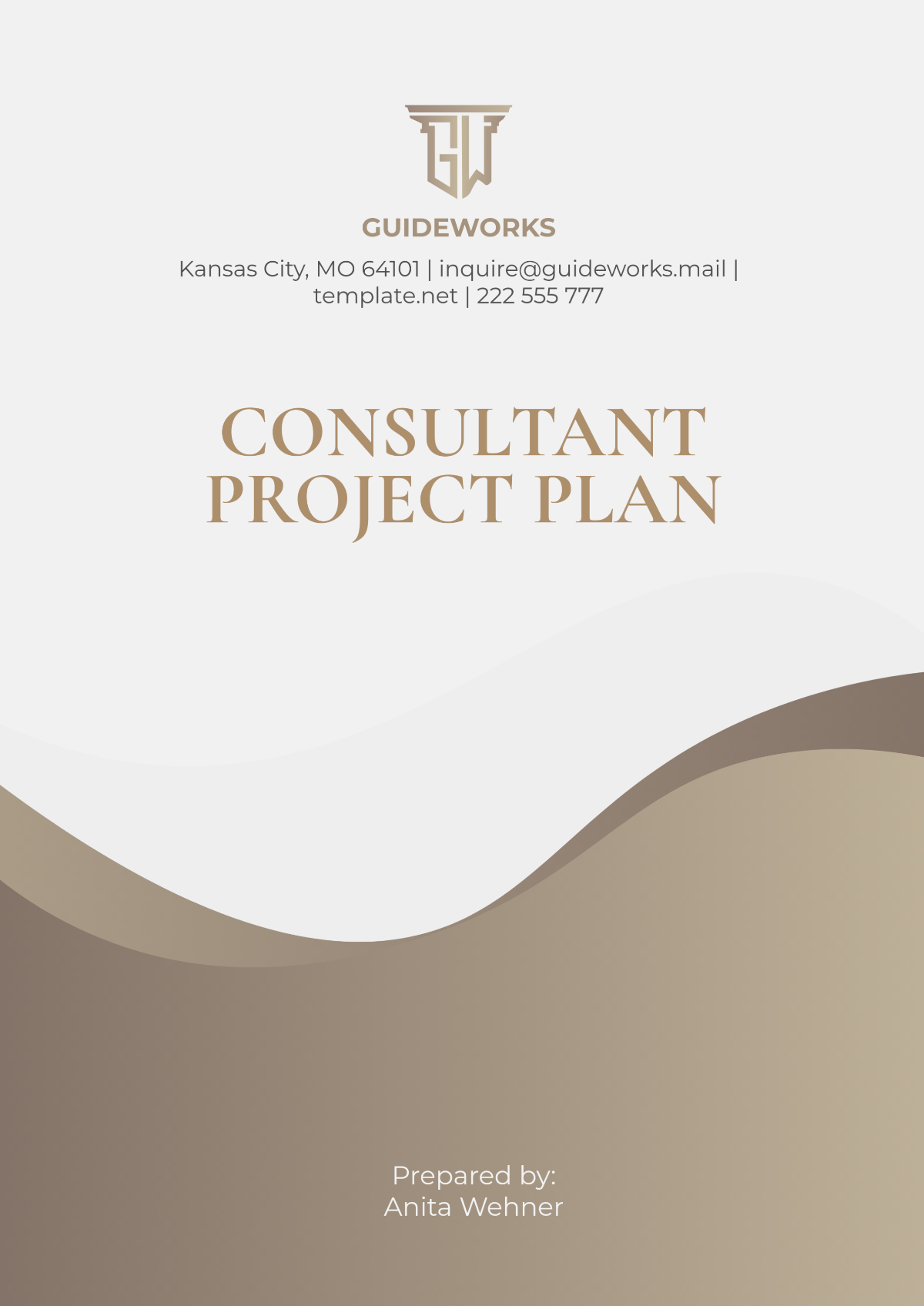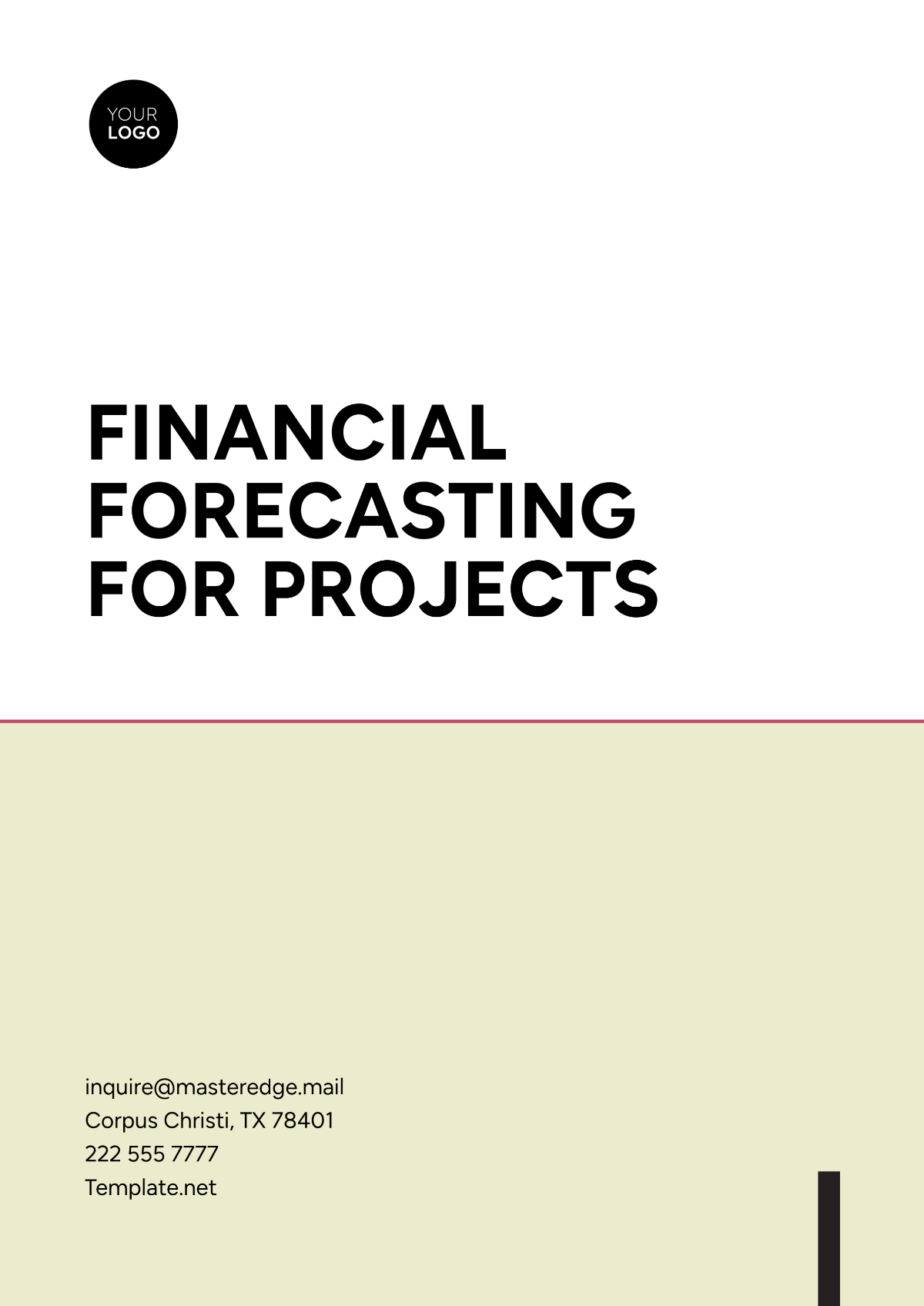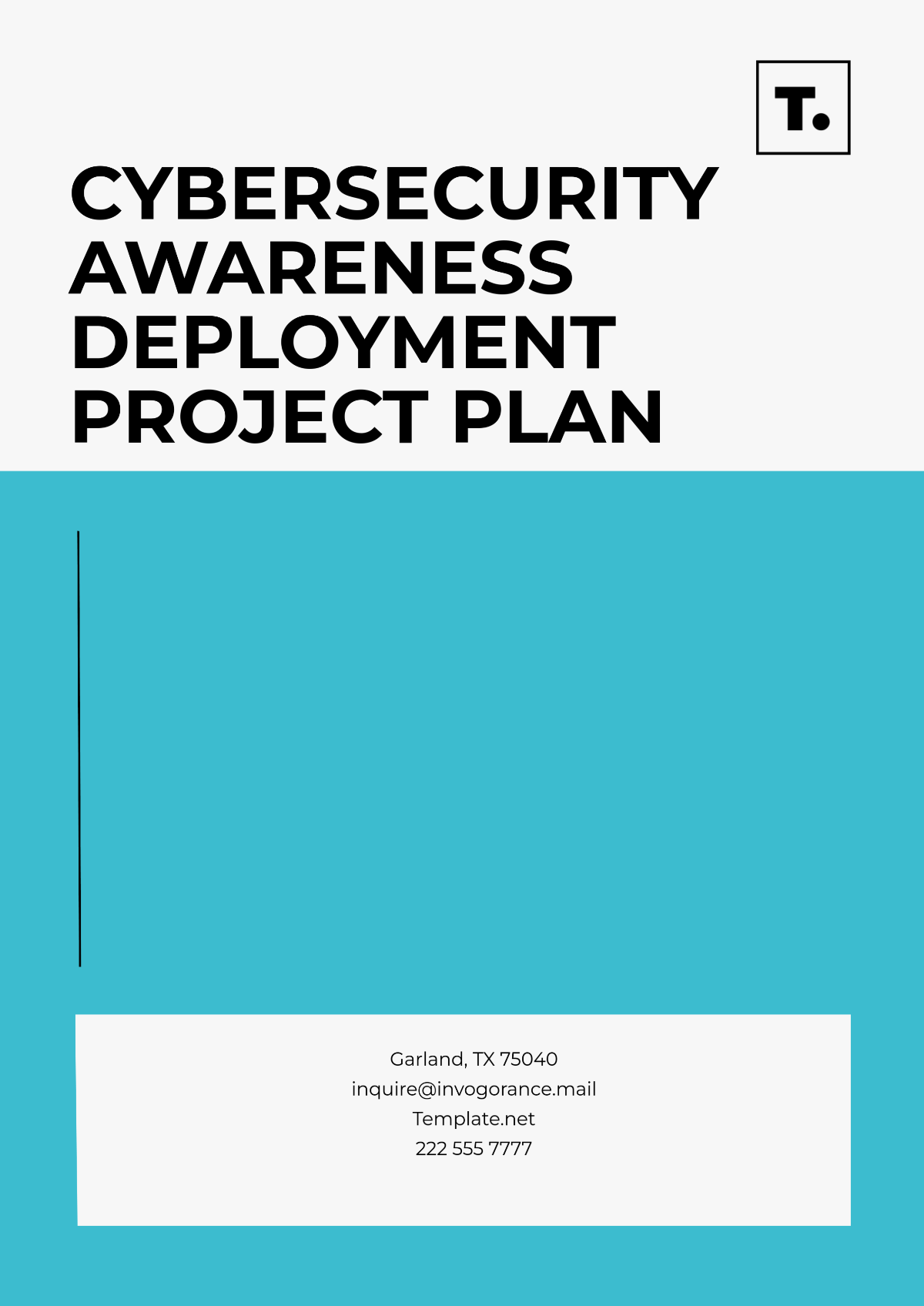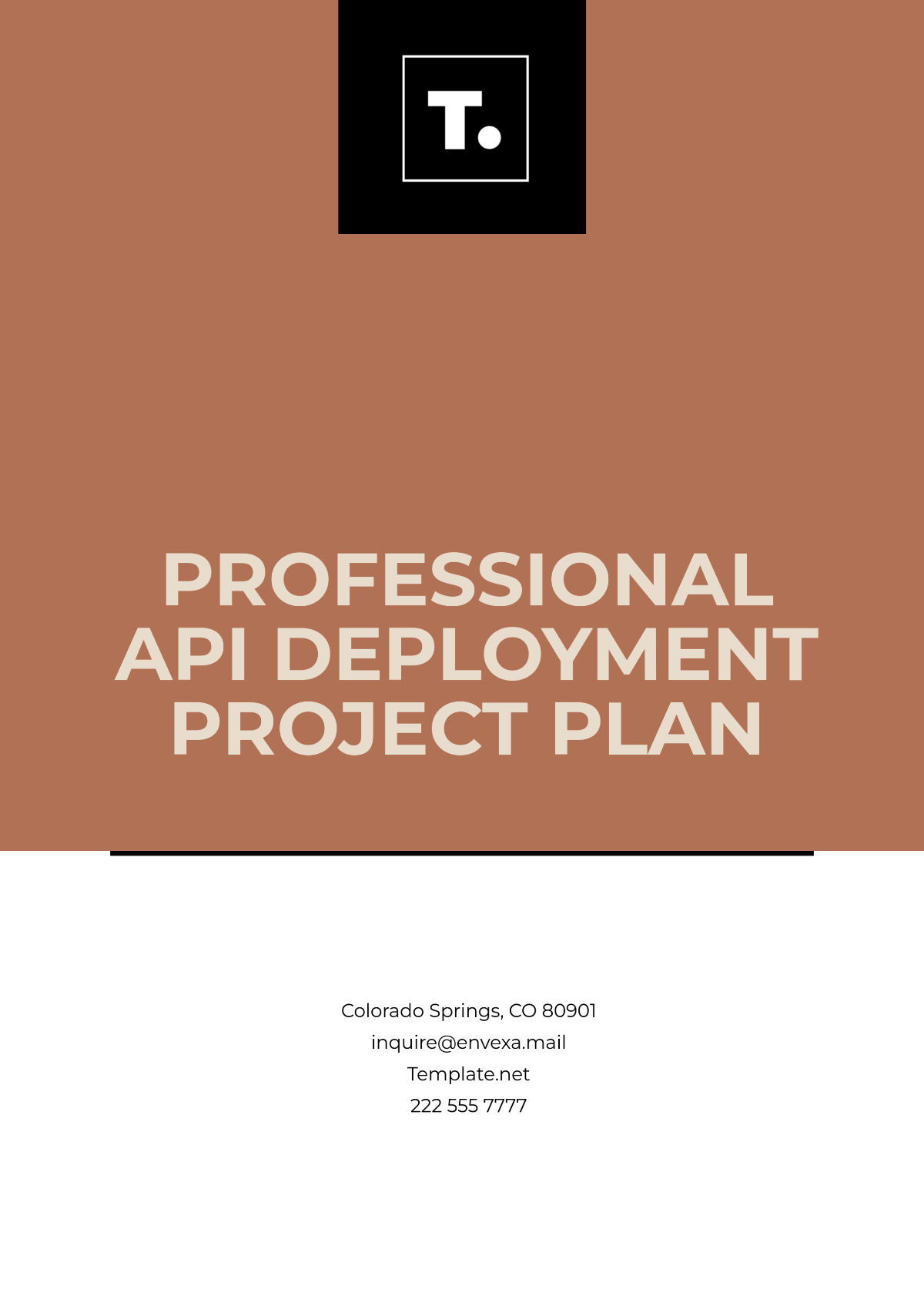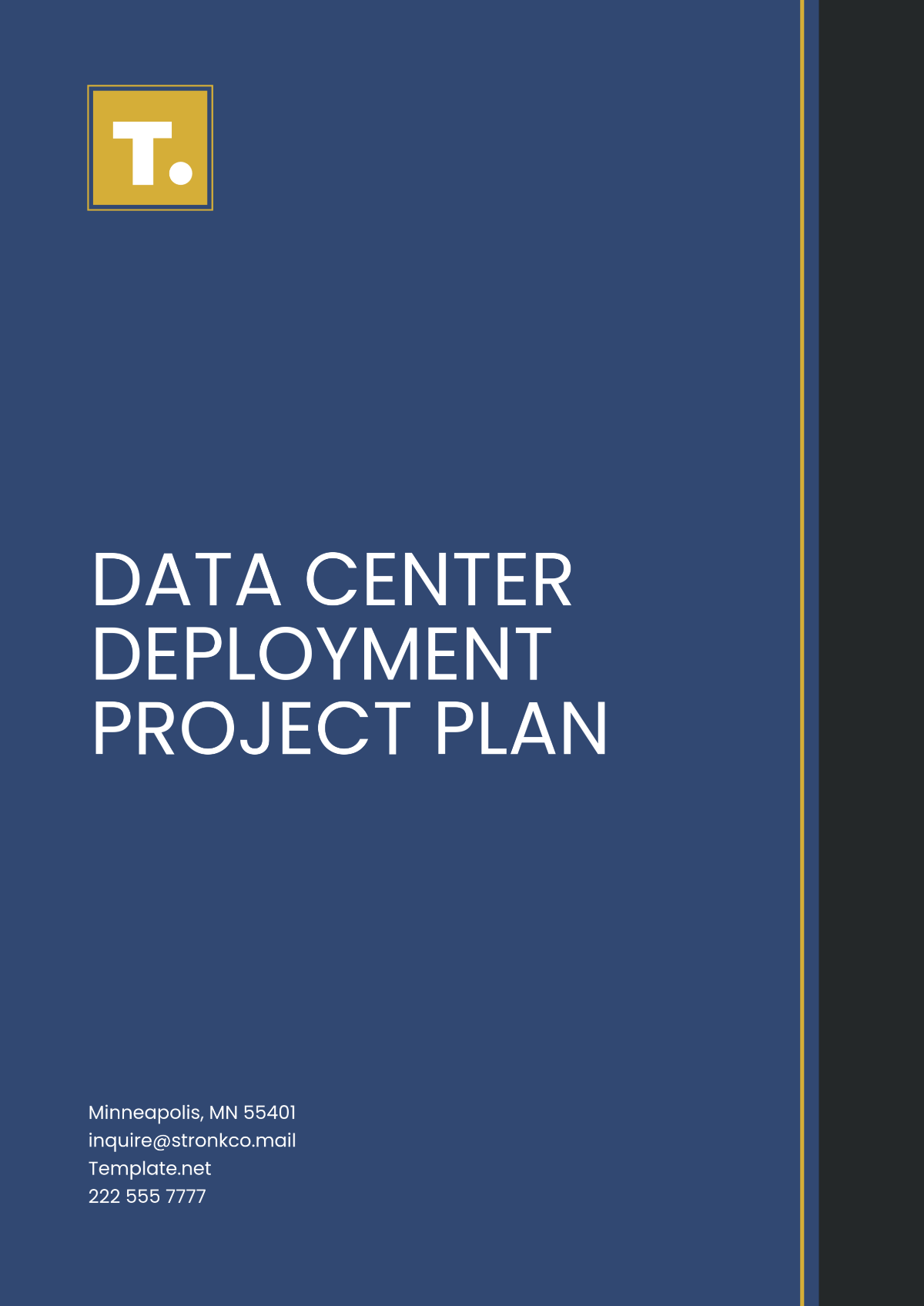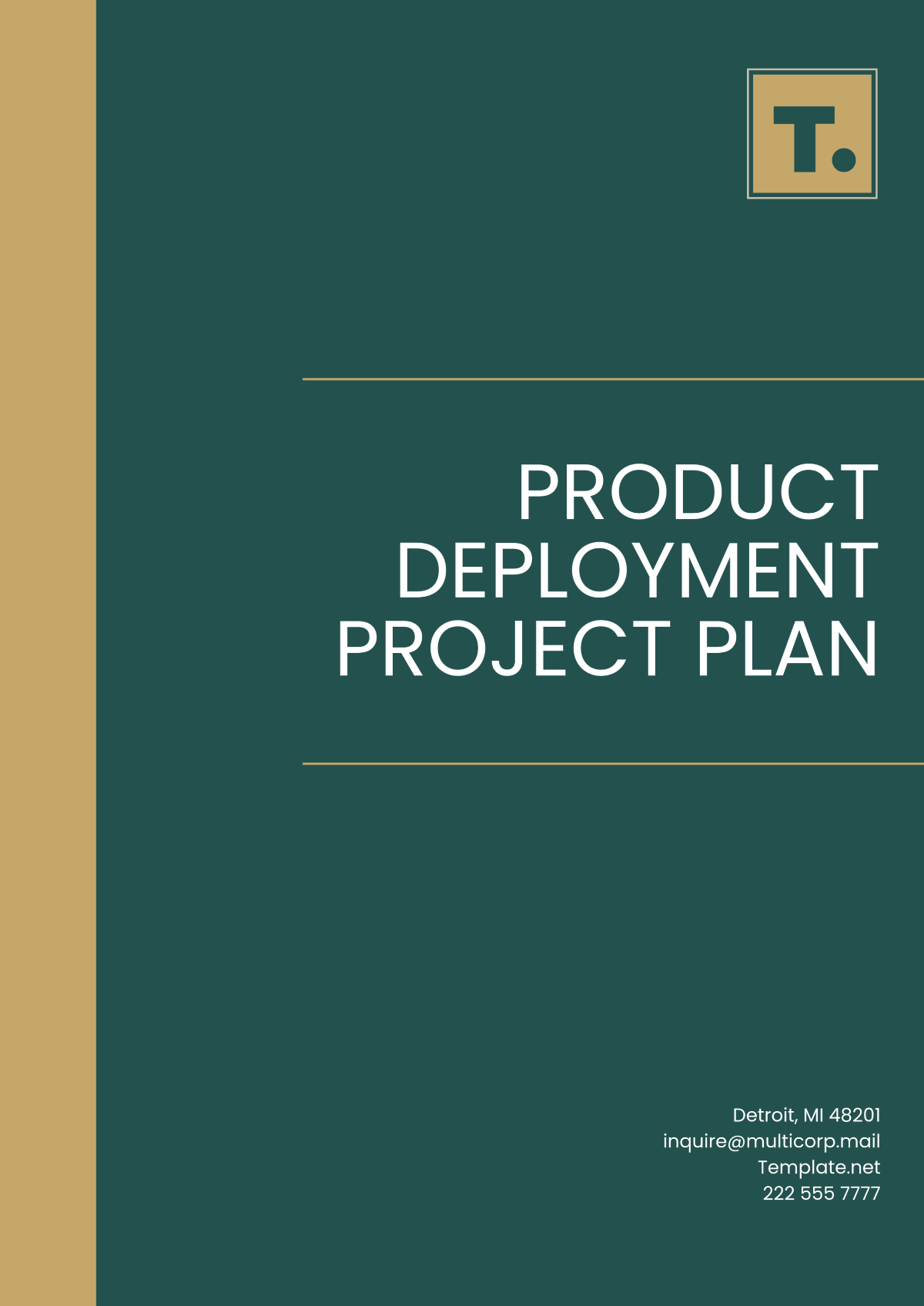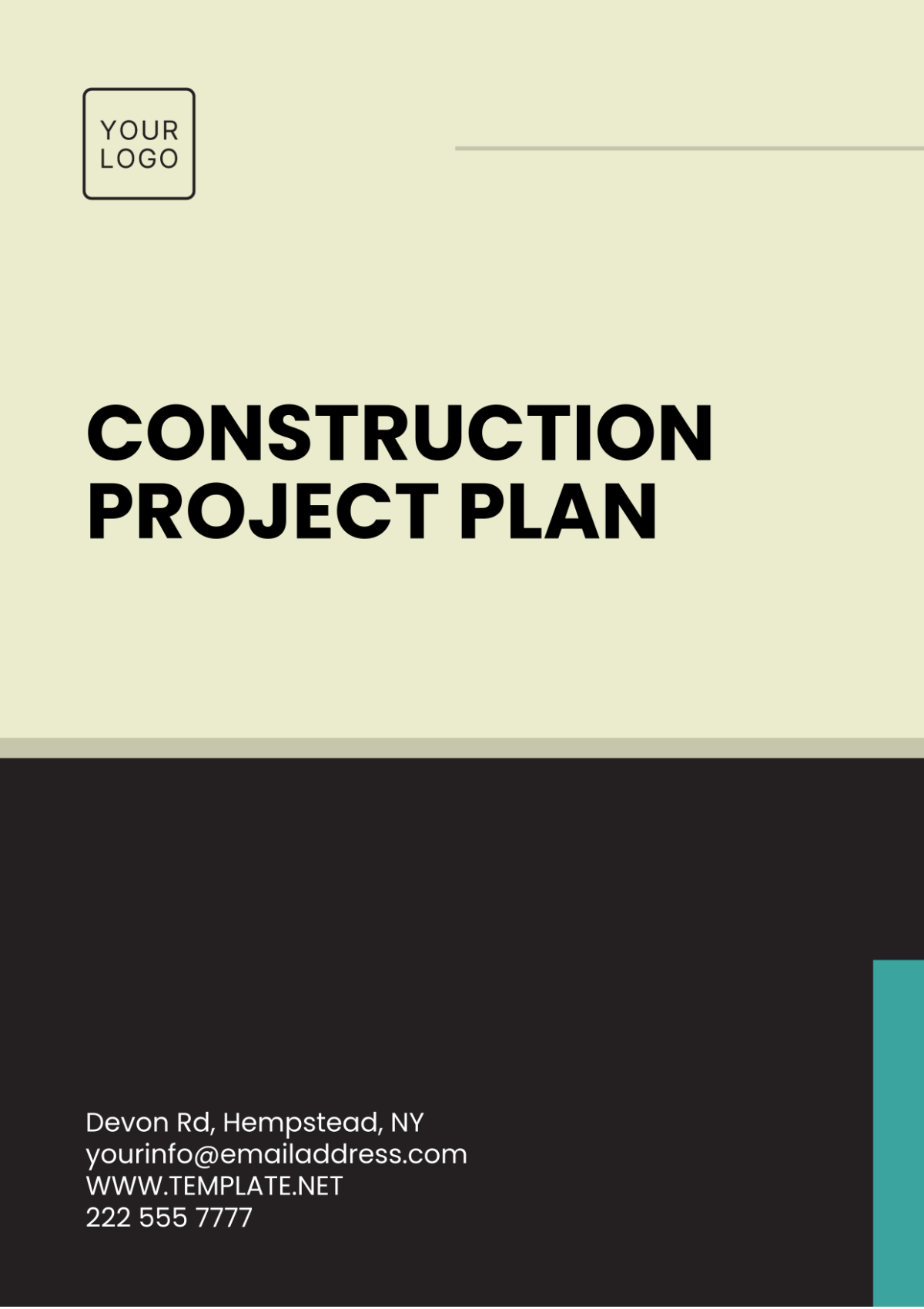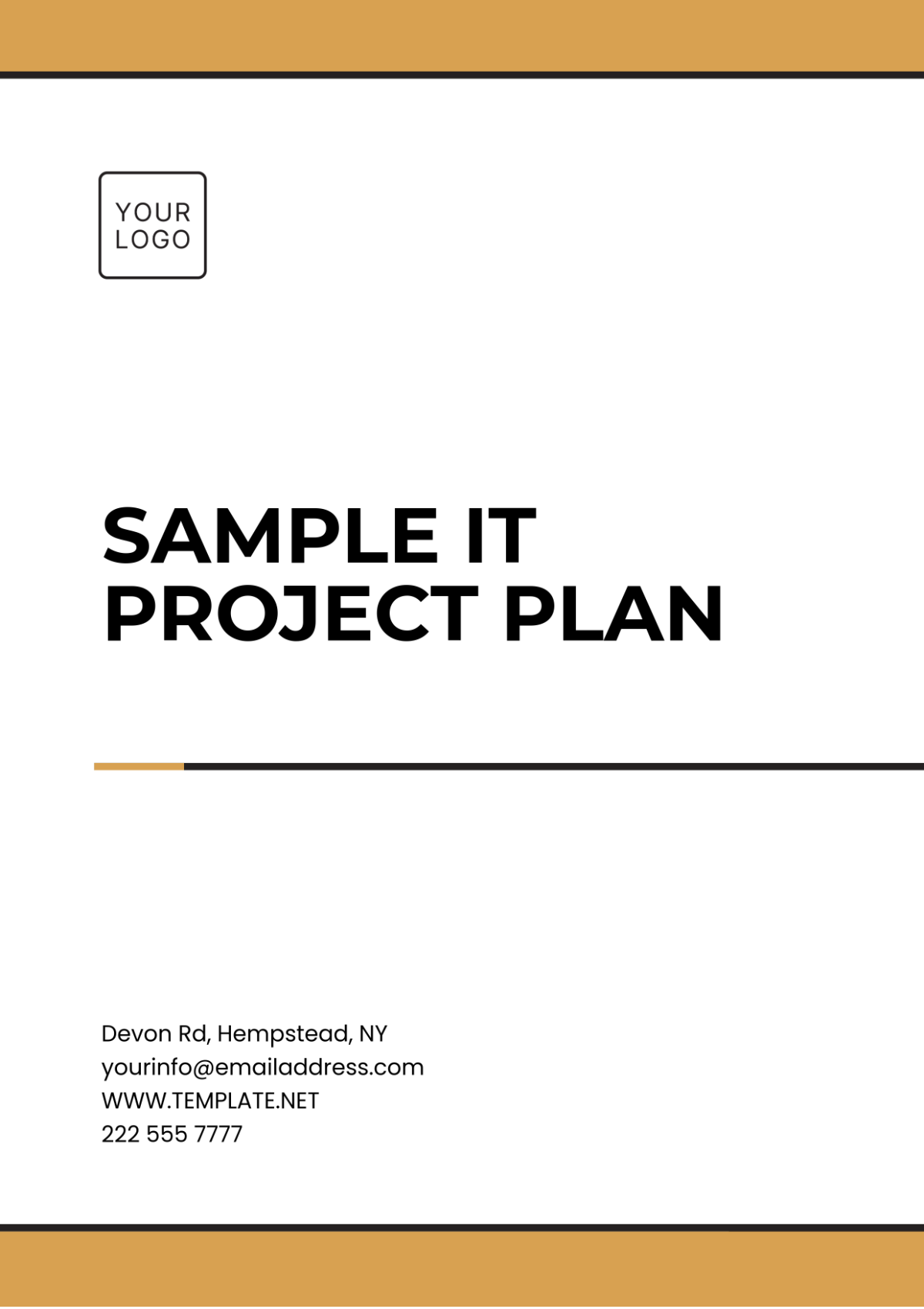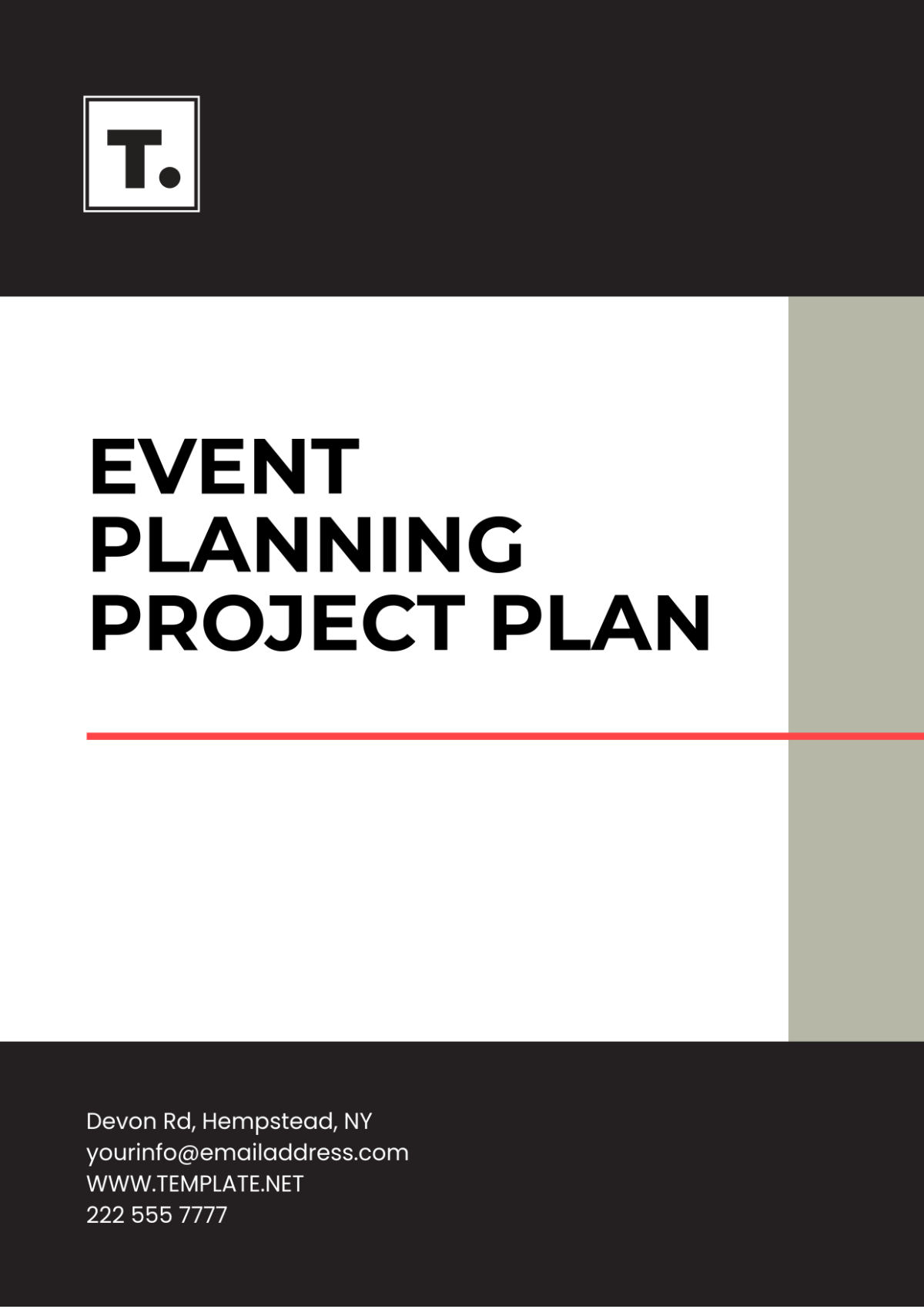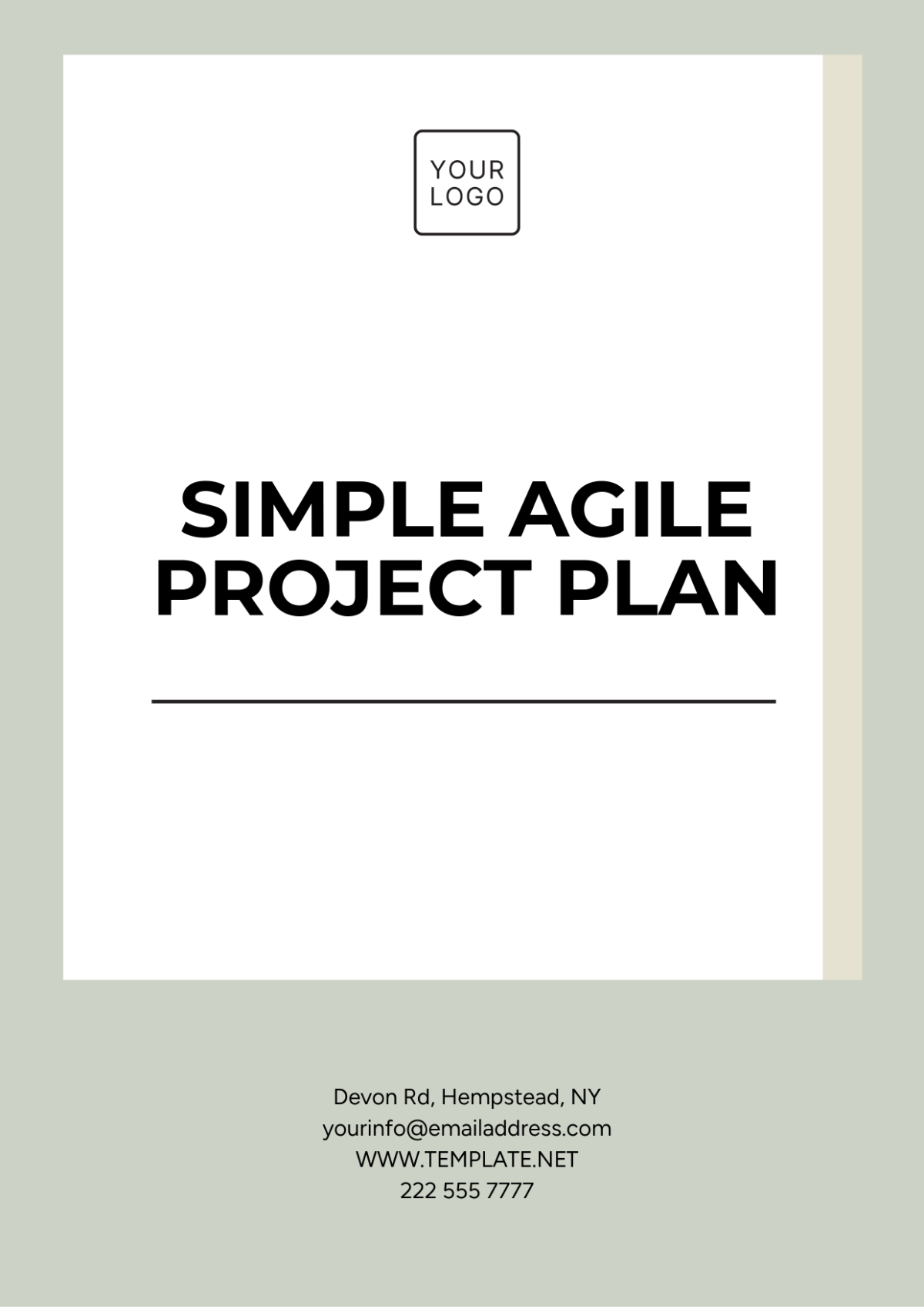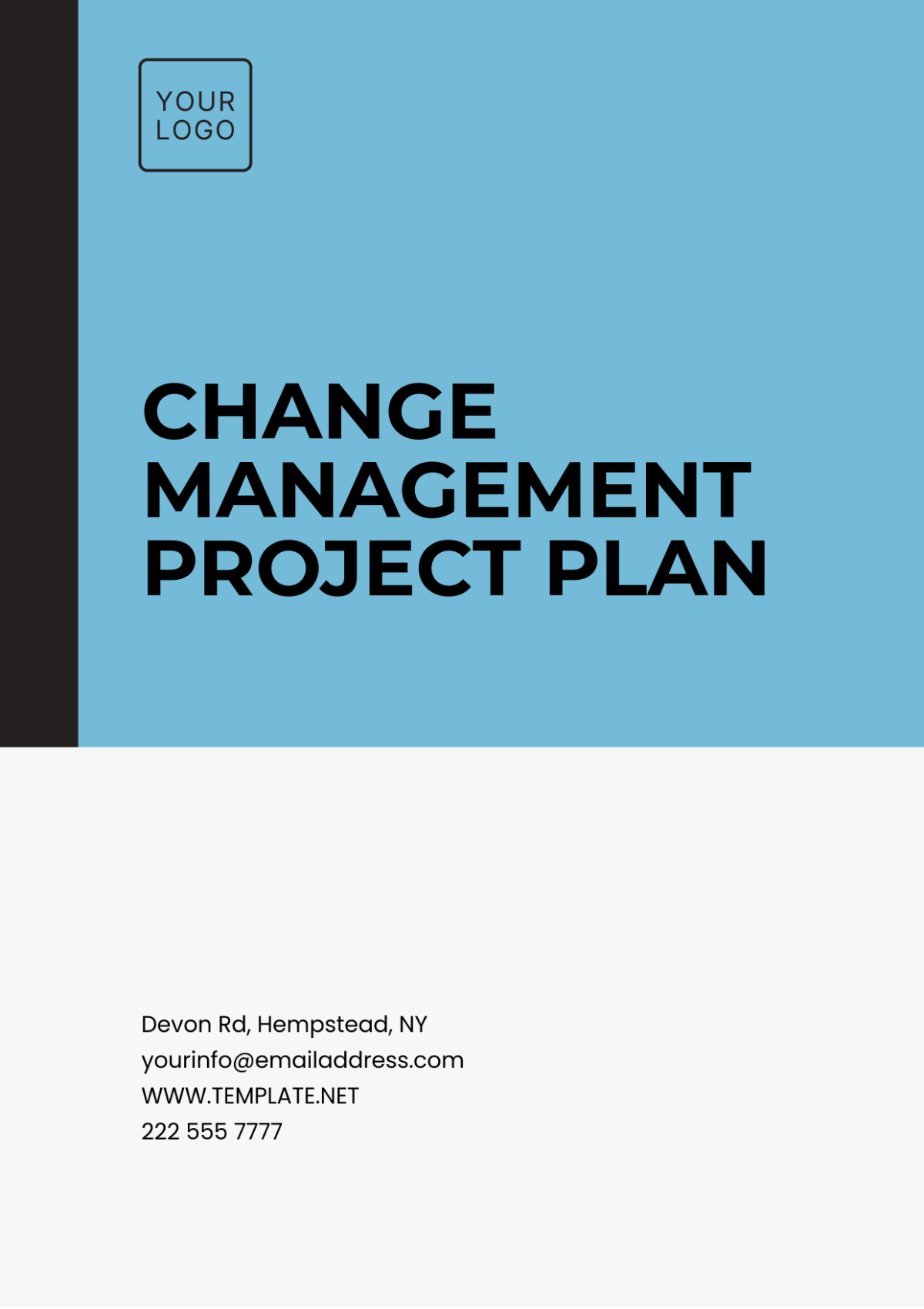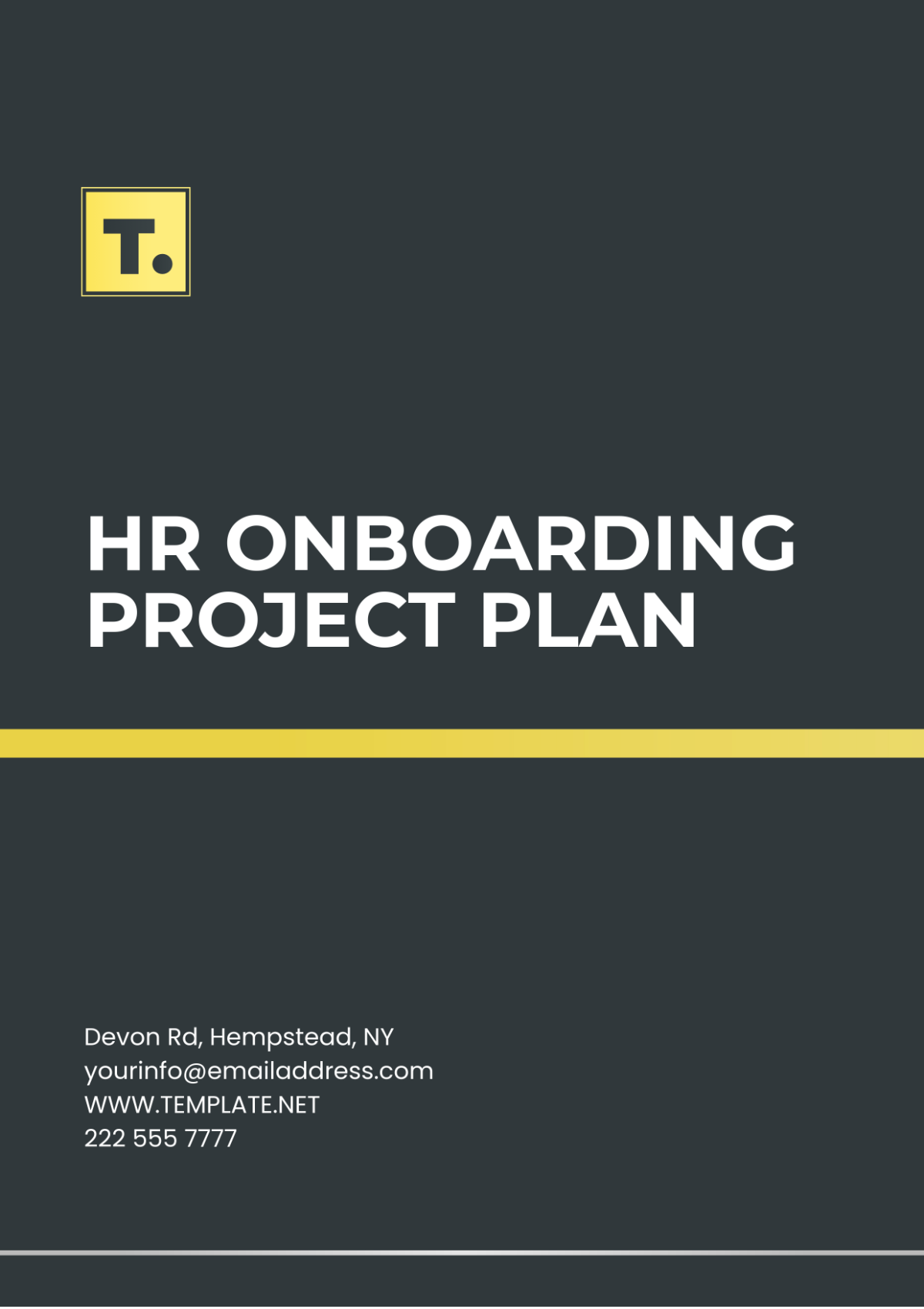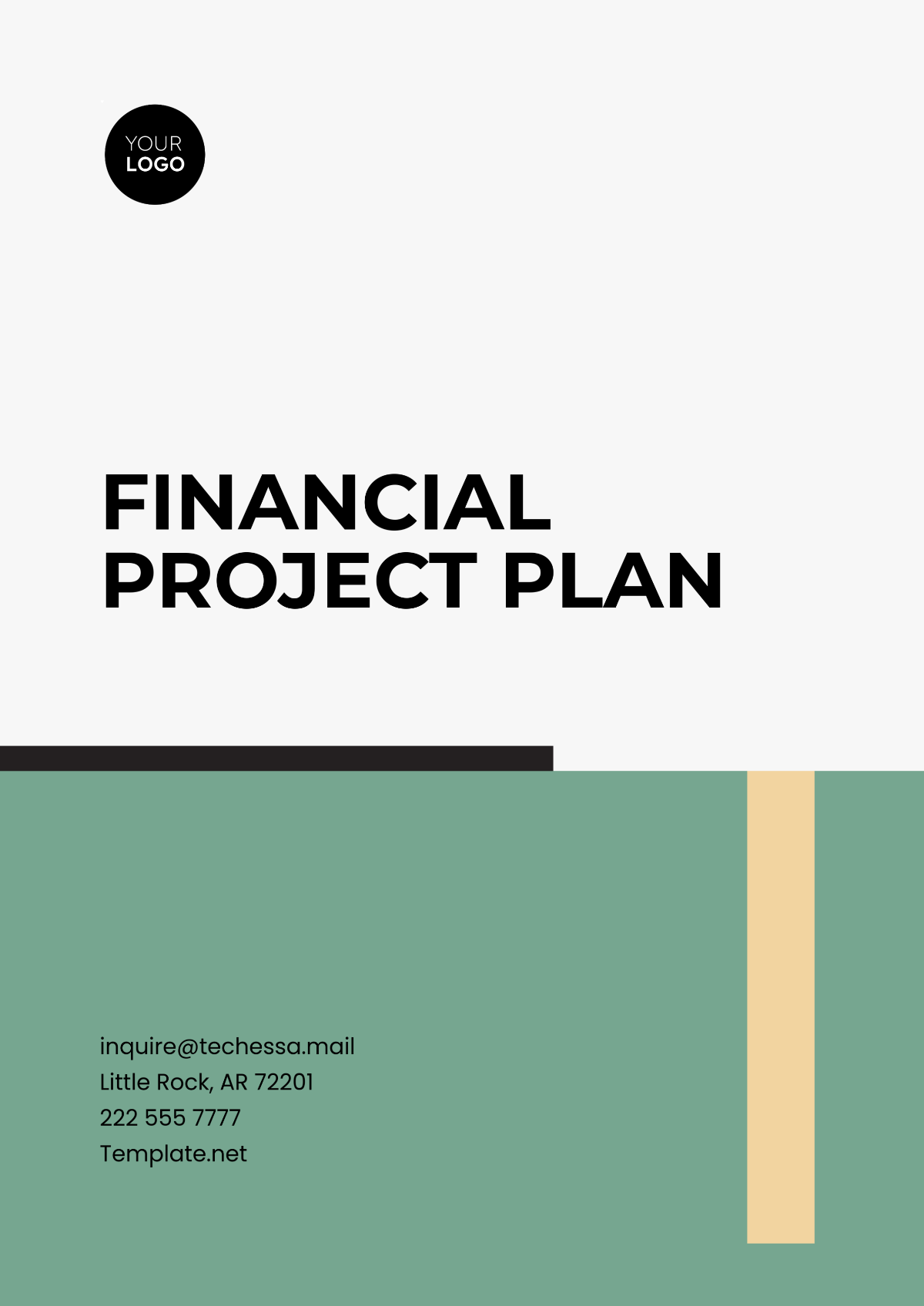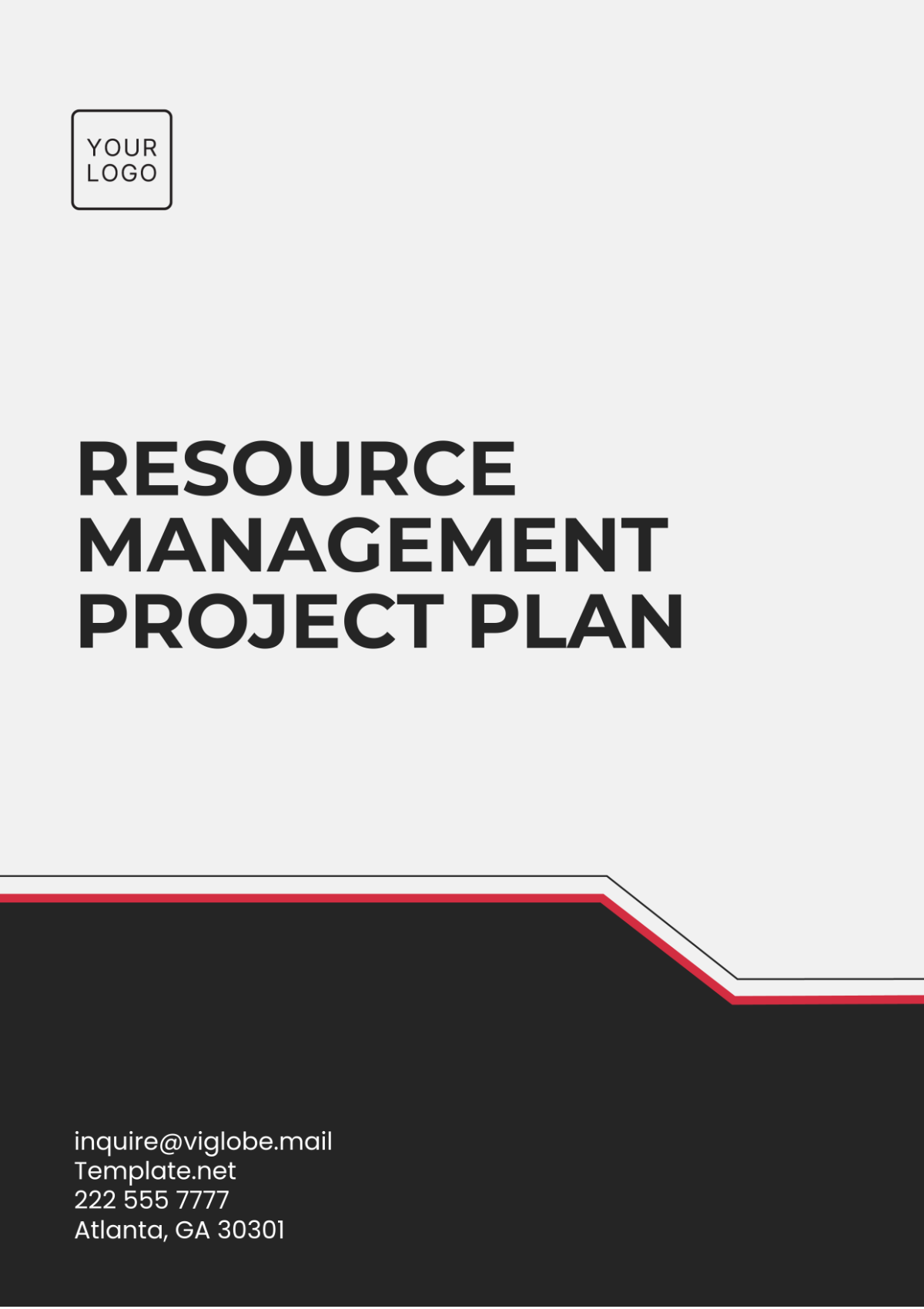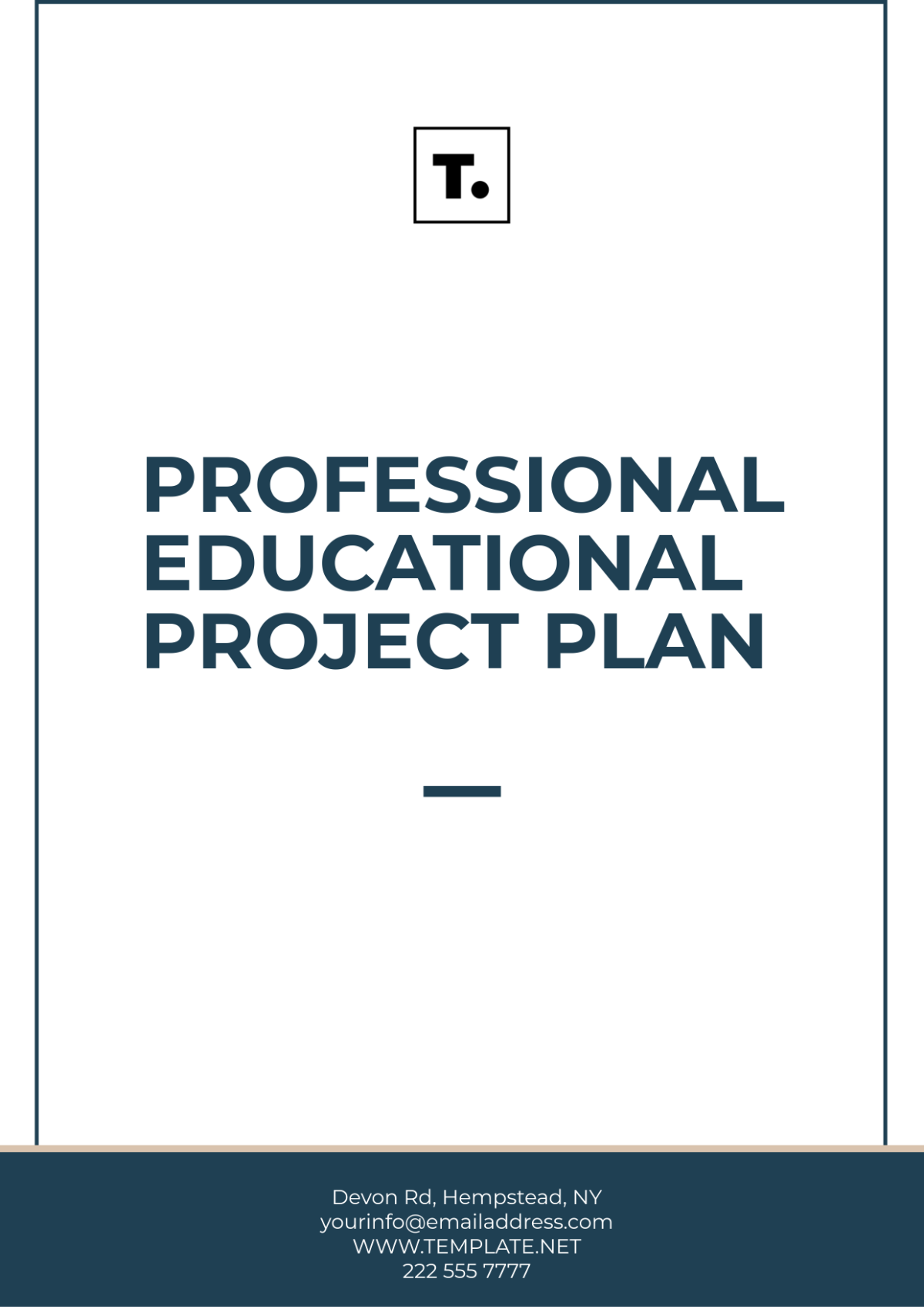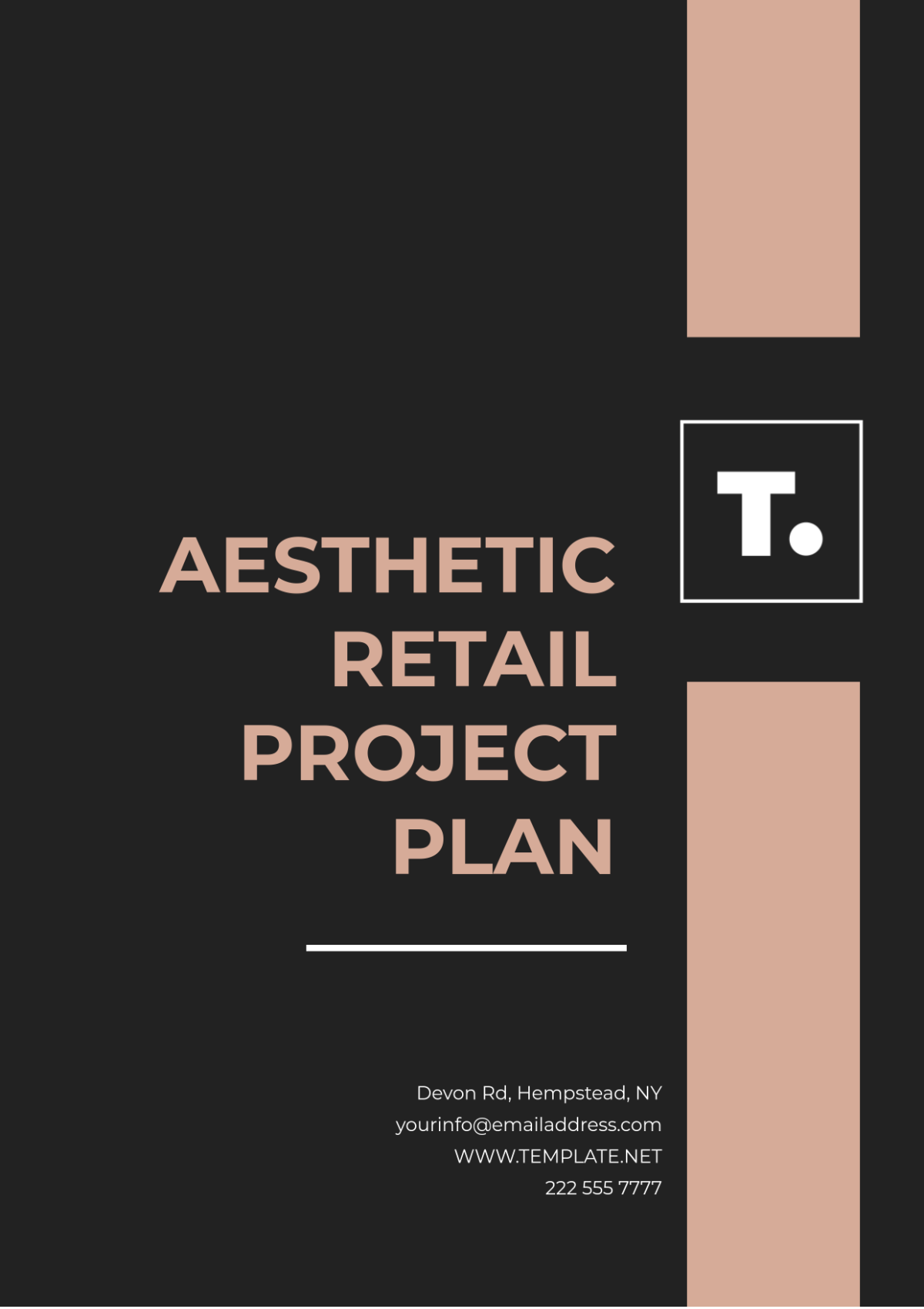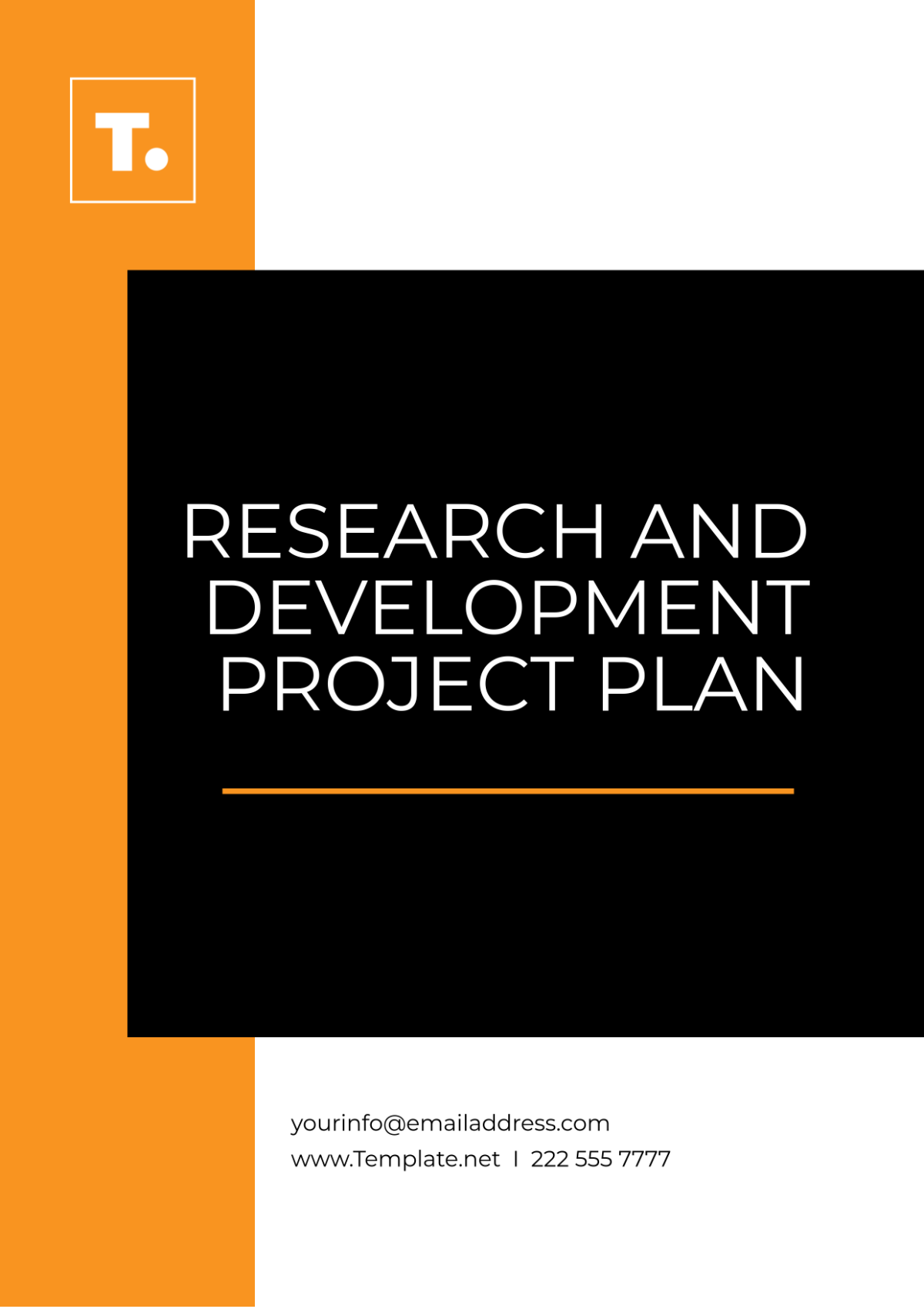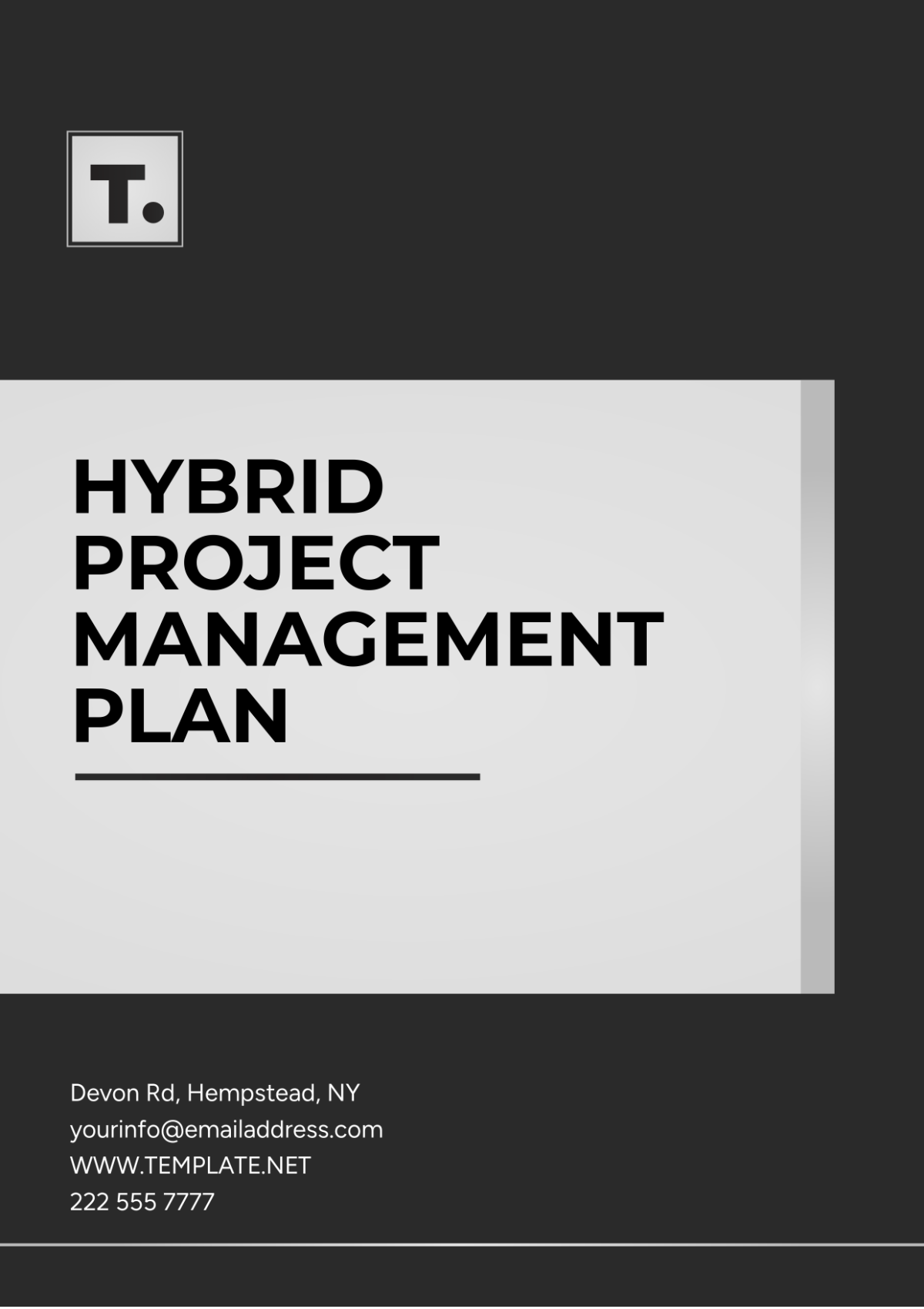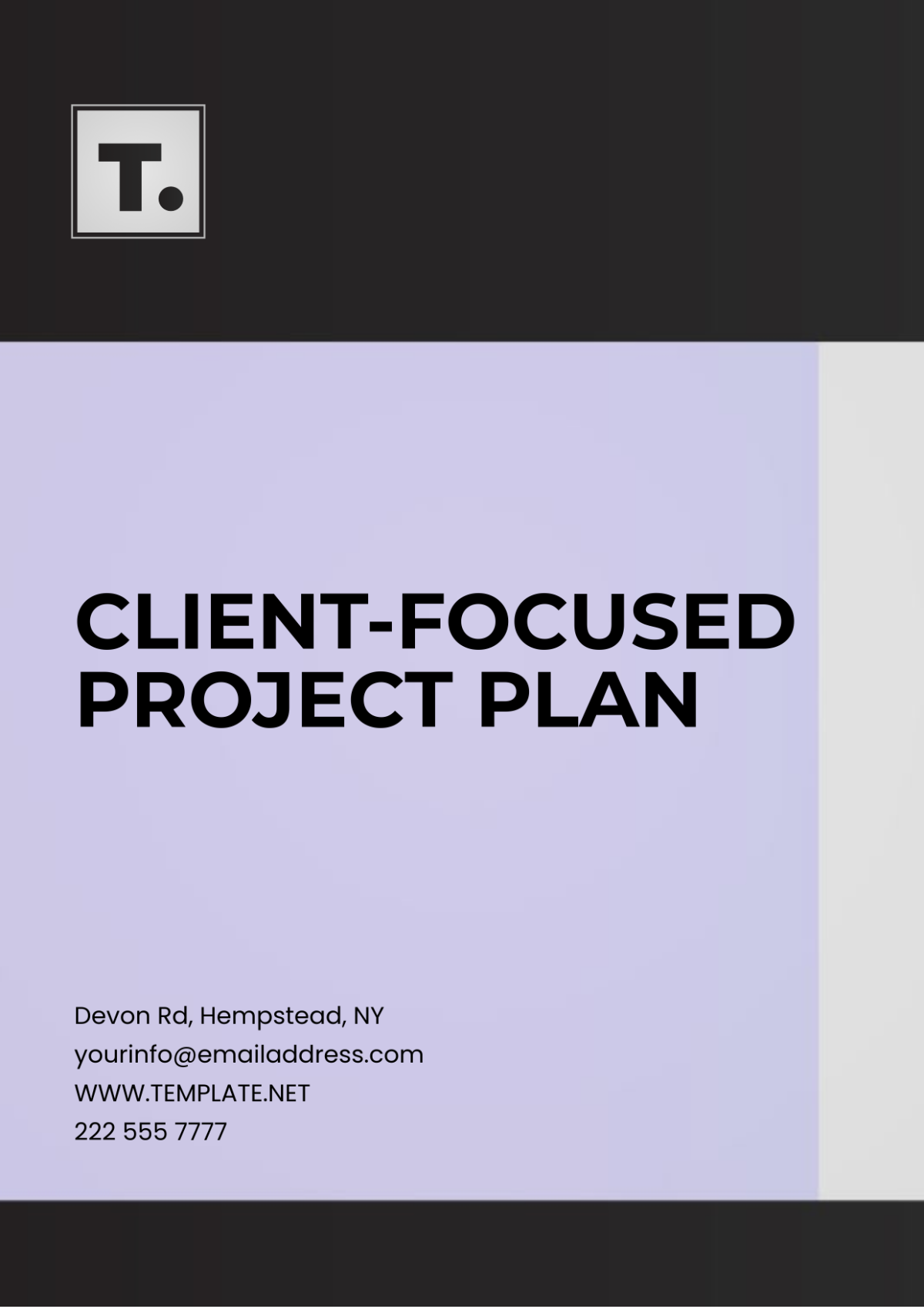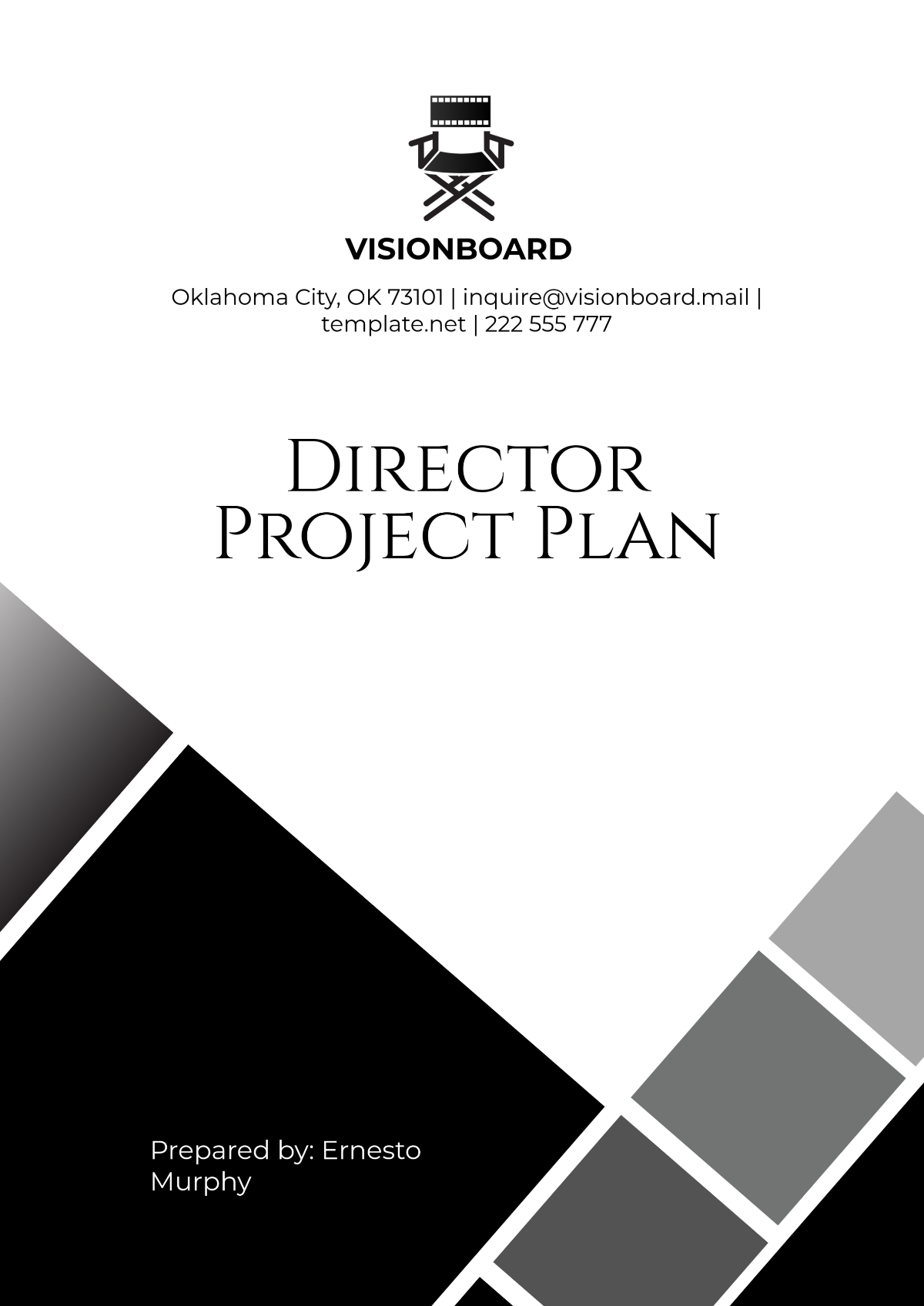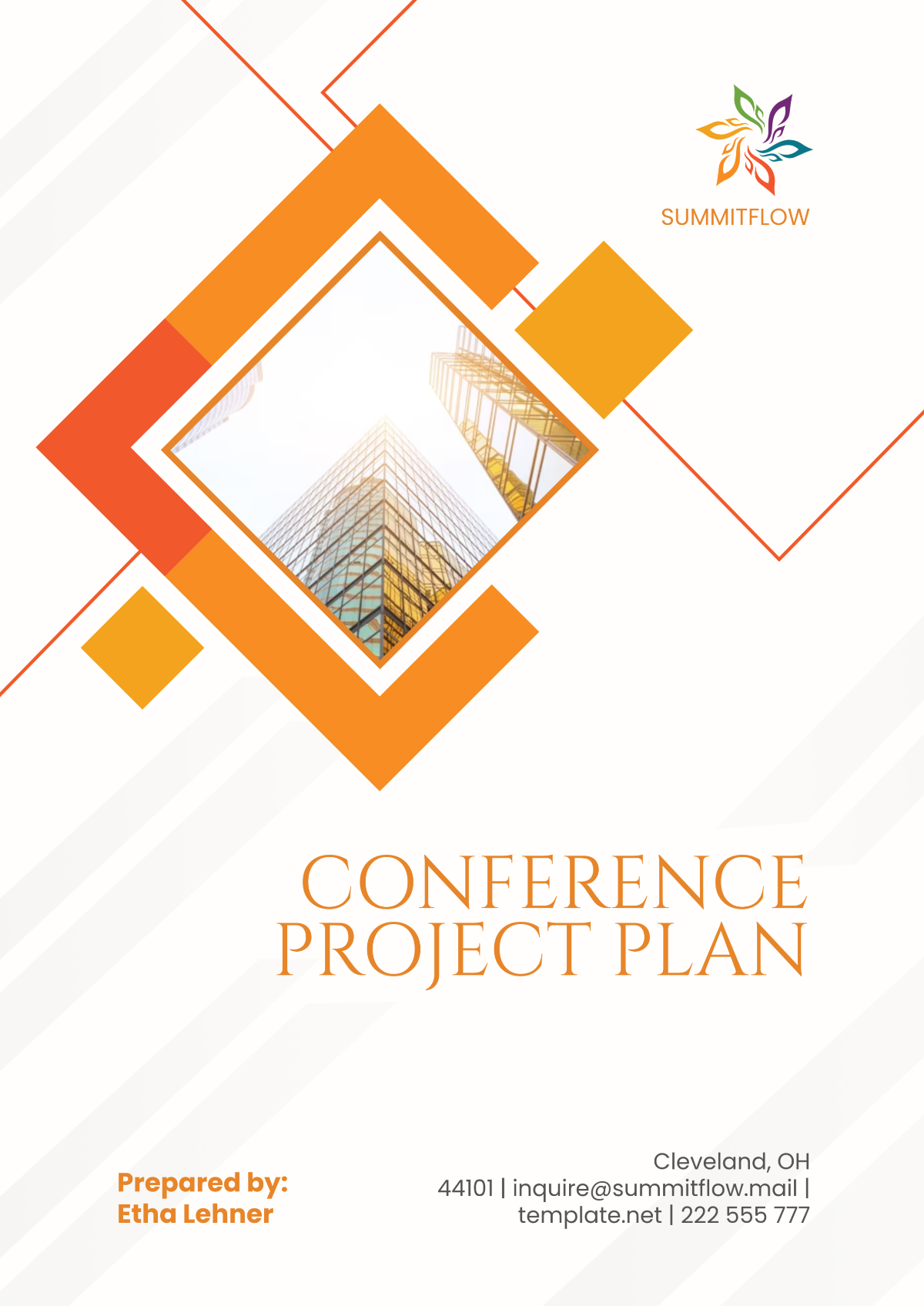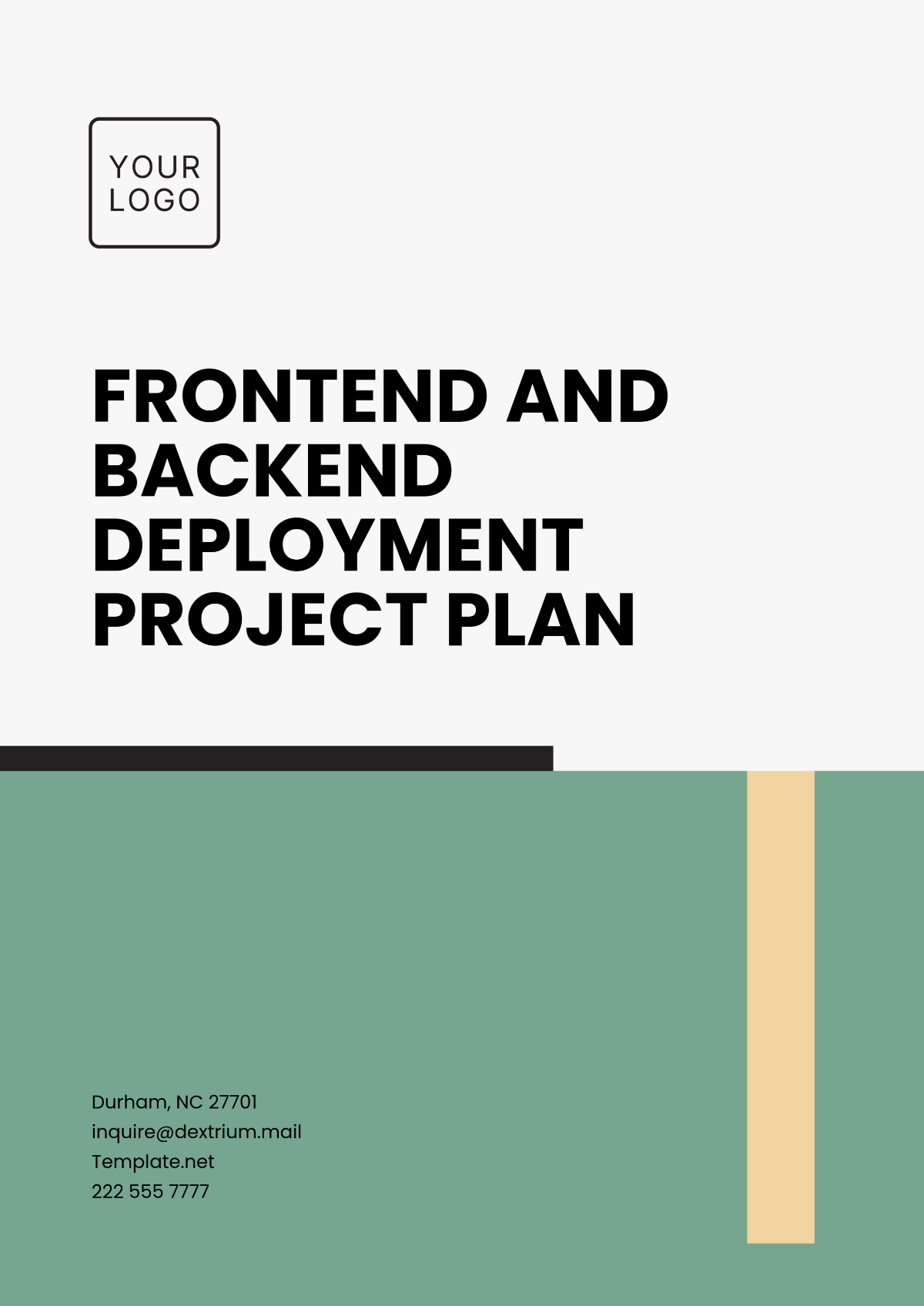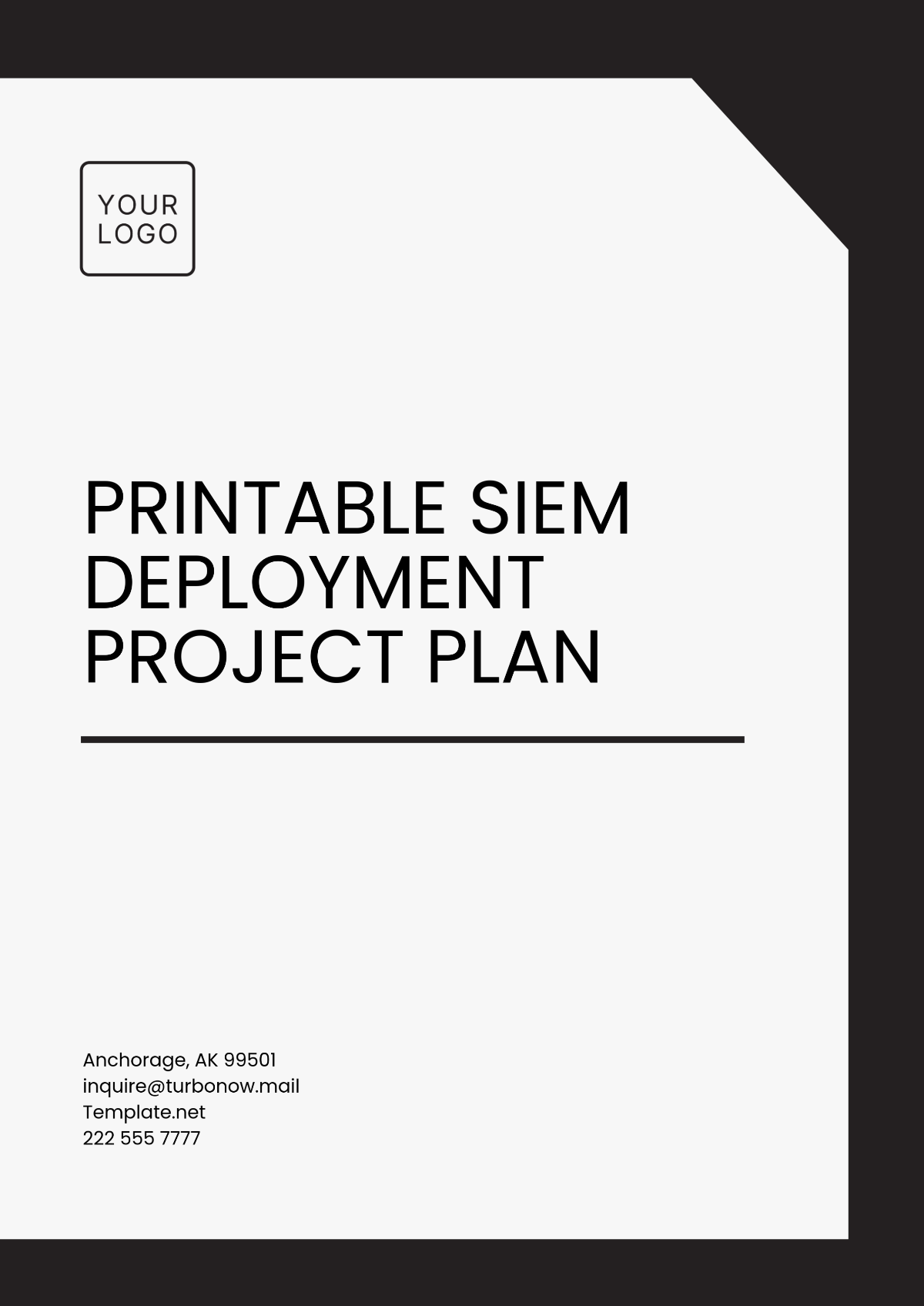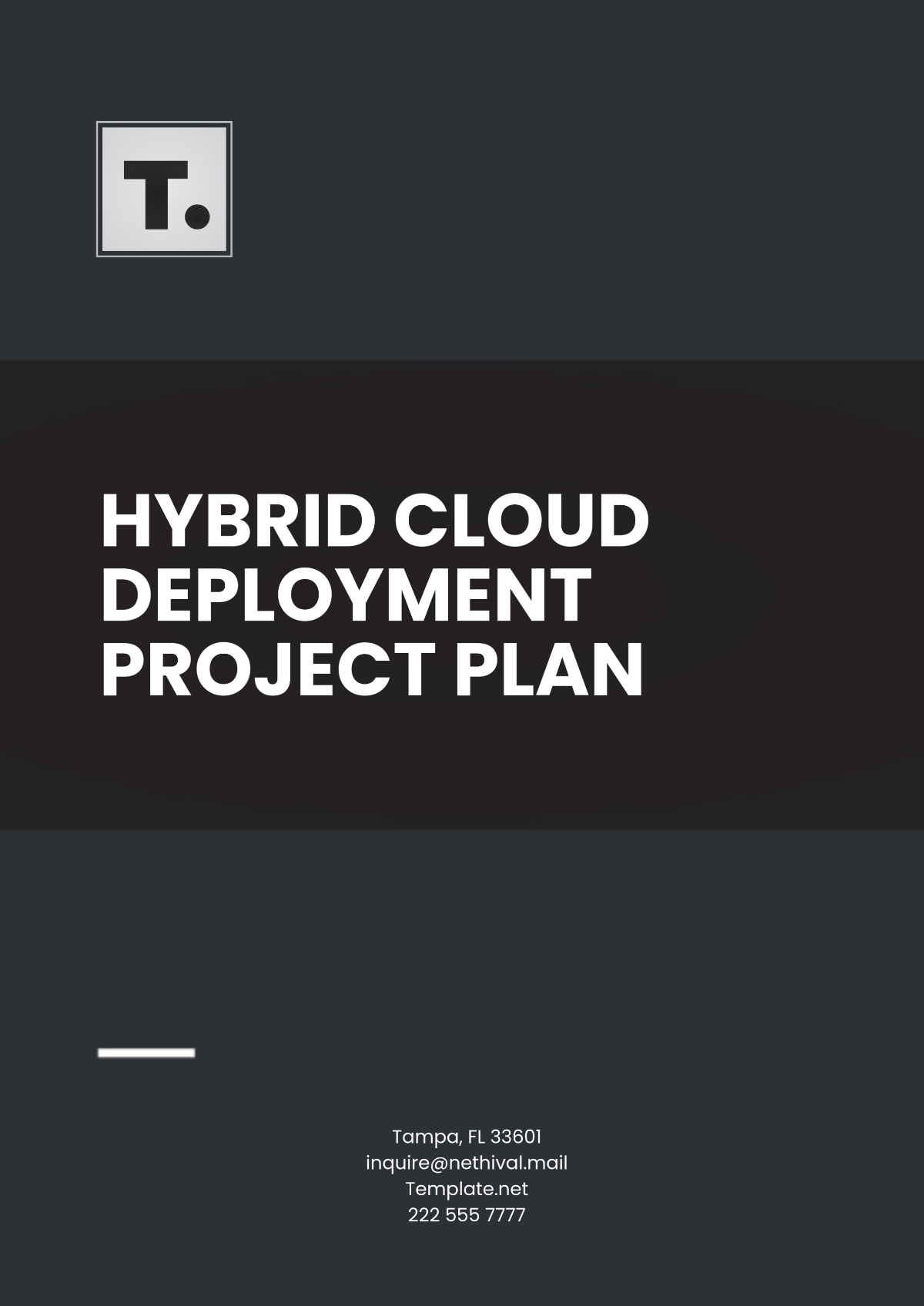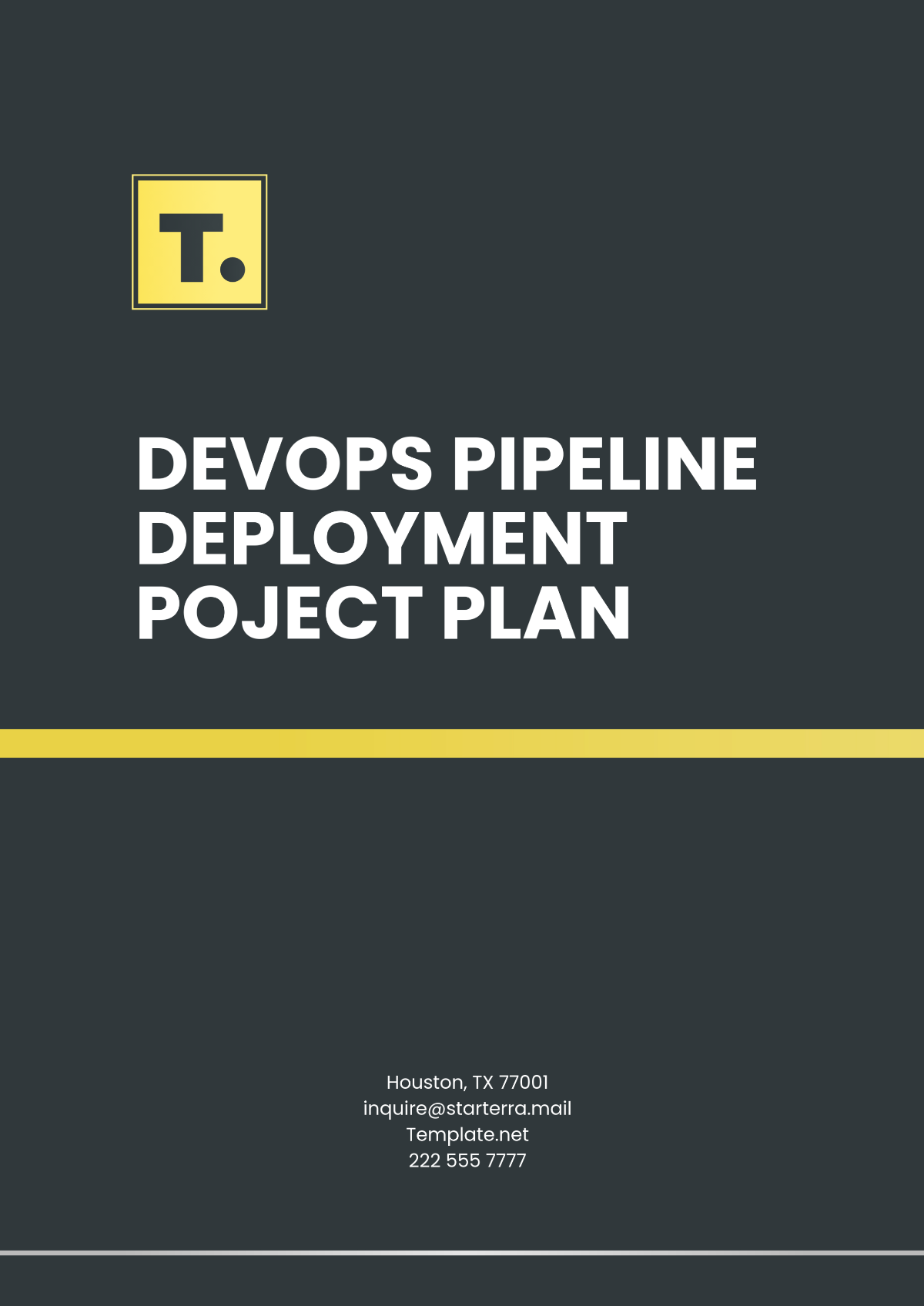Service Transition Project Plan
Prepared By : | [Your Name] |
Department : | [YOUR DEPARTMENT] |
Date Prepared : | [DATE] |
I. Introduction
The purpose of this Service Transition Project Plan is to meticulously outline the steps and activities essential for ensuring a seamless transition from the current state to the desired future state for [Your Company Name]'s Enterprise Resource Planning (ERP) service.
II. Project Overview
A. Project Scope
The scope of this project encompasses a comprehensive migration strategy for the following services:
Financial Management
Human Resources
Supply Chain Management
This includes all aspects of transition planning, execution, and post-transition support.
B. Objectives
Objective 1: Achieve seamless integration of ERP modules to enhance operational efficiency.
Objective 2: Ensure minimal disruption to ongoing business operations during the transition period.
Objective 3: Enhance system performance and scalability to support future growth and requirements.
III. Transition Planning
A. Transition Team
The transition team comprises a diverse set of skilled professionals:
Project Manager: [Your Name]
Transition Lead: Emily Johnson
Technical Leads: Michael Brown, Sarah Lee
Business Analyst: David Miller
Change Management Specialist: Rachel Clark
Training Coordinator: Daniel Evans
B. Communication Plan
Stakeholder Communication
Stakeholder communication will be meticulously managed through:
Regular email updates detailing project progress and milestones.
Bi-weekly stakeholder meetings to address concerns and gather feedback.
Monthly progress reports are distributed to stakeholders to ensure transparency and alignment.
Team Communication
The project team will engage in:
Weekly team meetings to discuss progress, address issues, and ensure alignment with project objectives.
Ad-hoc communication via instant messaging and collaboration tools for real-time updates and coordination.
C. Transition Activities
Pre-Transition Phase
Activity 1: Conduct stakeholder meetings to gather requirements and expectations by August 15, 2050.
Activity 2: Perform a comprehensive assessment of current infrastructure and identify gaps or risks by September 1, 2050.
Activity 3: Develop a detailed transition plan including timelines, milestones, and dependencies by September 30, 2050.
Transition Phase
Activity 4: Execute migration of ERP modules to the new environment with careful consideration of dependencies and sequencing by November 15, 2050.
Activity 5: Conduct rigorous testing and validation of migrated services to ensure functionality, performance, and data integrity by December 1, 2050.
Activity 6: Deliver tailored training sessions for end-users and support staff to facilitate seamless adoption of the new system by December 15, 2050.
Post-Transition Phase
Activity 7: Implement proactive monitoring mechanisms to track the performance and stability of the transitioned services starting January 1, 2051.
Activity 8: Establish a robust support system to address any issues or concerns raised by stakeholders or end-users promptly.
Activity 9: Document lessons learned and best practices to inform future projects and ensure continuous improvement by January 31, 2051.
D. Resource Allocation
Resource allocation will be carefully managed to ensure optimal utilization of personnel, equipment, and facilities for each transition activity.
E. Change Management
A structured change management process will be implemented to effectively manage any modifications to the project scope, schedule, or requirements, ensuring minimal disruption to project timelines and objectives.
IV. Timeline
A. Milestones
Stakeholder meetings and requirements gathering - Aug 15, 2050
Completion of a transition plan - Sep 30, 2050
Migration of ERP modules completed - Nov 15, 2050
Training sessions for end-users and support staff completed - Dec 15, 2050
Post-transition monitoring and support system operational - Jan 1, 2051
Documentation of lessons learned and best practices completed - Jan 31, 2051
B. Detailed Timeline
Activity | Start Date | End Date |
|---|---|---|
Stakeholder meetings | Aug 15, 2050 | Aug 31, 2050 |
Develop transition plan | Sep 1, 2050 | Sep 30, 2050 |
Execute migration of ERP modules | Nov 1, 2050 | Nov 15, 2050 |
Conduct testing and validation | Nov 16, 2050 | Nov 30, 2050 |
Deliver training sessions | Dec 1, 2050 | Dec 15, 2050 |
Implement monitoring mechanisms | Jan 1, 2051 | Ongoing |
Document lessons learned | Jan 31, 2051 | Jan 31, 2051 |
V. Risks and Mitigation
A. Identified Risks
Limited availability of skilled resources.
Potential data loss or corruption during migration.
Resistance to change from end-users.
B. Mitigation Strategies
Risk 1: Conduct comprehensive resource planning and training programs to address skill gaps and ensure adequate support.
Risk 2: Implement robust backup and data integrity measures, conduct extensive testing, and maintain rollback procedures.
Risk 3: Engage stakeholders early and frequently, provide clear communication, and offer extensive training and support to ease the transition process.
VI. Quality Assurance
A. Quality Metrics
Define quality metrics and Key Performance Indicators (KPIs) to assess the success of the transition process, such as:
System uptime and availability
Response times for critical functions
Data accuracy and integrity
B. Quality Procedures
Establish procedures for regular audits, reviews, and inspections to ensure compliance with industry standards and best practices. This includes:
Continuous monitoring of system performance
Regular reviews of documentation and processes
Feedback loops for stakeholders and end-users
VII. Training Plan
A. Training Needs Analysis
Conduct a thorough analysis of training needs based on user roles, system functionalities, and skill levels. This includes:
Surveys and interviews with end-users
Assessment of existing knowledge and proficiency levels
Identification of specific training objectives and goals
B. Training Delivery
Develop a comprehensive training program encompassing various learning modalities such as:
Instructor-led training sessions
Online tutorials and self-paced modules
Hands-on workshops and simulations
C. Training Evaluation
Implement mechanisms for evaluating the effectiveness of training sessions and materials, including:
Pre and post-training assessments
Feedback surveys from participants
Observation of user proficiency in real-world scenarios
VIII. Documentation
A. Documentation Plan
Create a detailed plan for documenting all aspects of the transition process, including:
User manuals and guides
Standard operating procedures (SOPs)
Troubleshooting guides and FAQs
B. Document Control
Establish version control and document management procedures to ensure the accuracy and accessibility of documentation. This includes:
Document repositories with access controls
Revision history tracking
Document review and approval workflows
IX. Post-Transition Support
A. Support Structure
Define a support structure to address user inquiries, issues, and enhancement requests post-transition, including:
Help desk or service desk setup
Escalation procedures for complex issues
User community forums or knowledge bases
B. Continuous Improvement
Implement mechanisms for continuous improvement based on user feedback and system performance metrics, including:
Regular review meetings to discuss issues and improvements
Iterative updates to documentation and training materials
Periodic system enhancements and optimizations
X. Conclusion
The successful execution of this Service Transition Project Plan will ensure a seamless transition to ERP for [Your Company Name]'s stakeholders and users. By adhering to the meticulously outlined plan, leveraging effective communication and collaboration, and proactively managing risks and challenges, we aim to achieve our objectives and deliver exceptional value to the organization.

